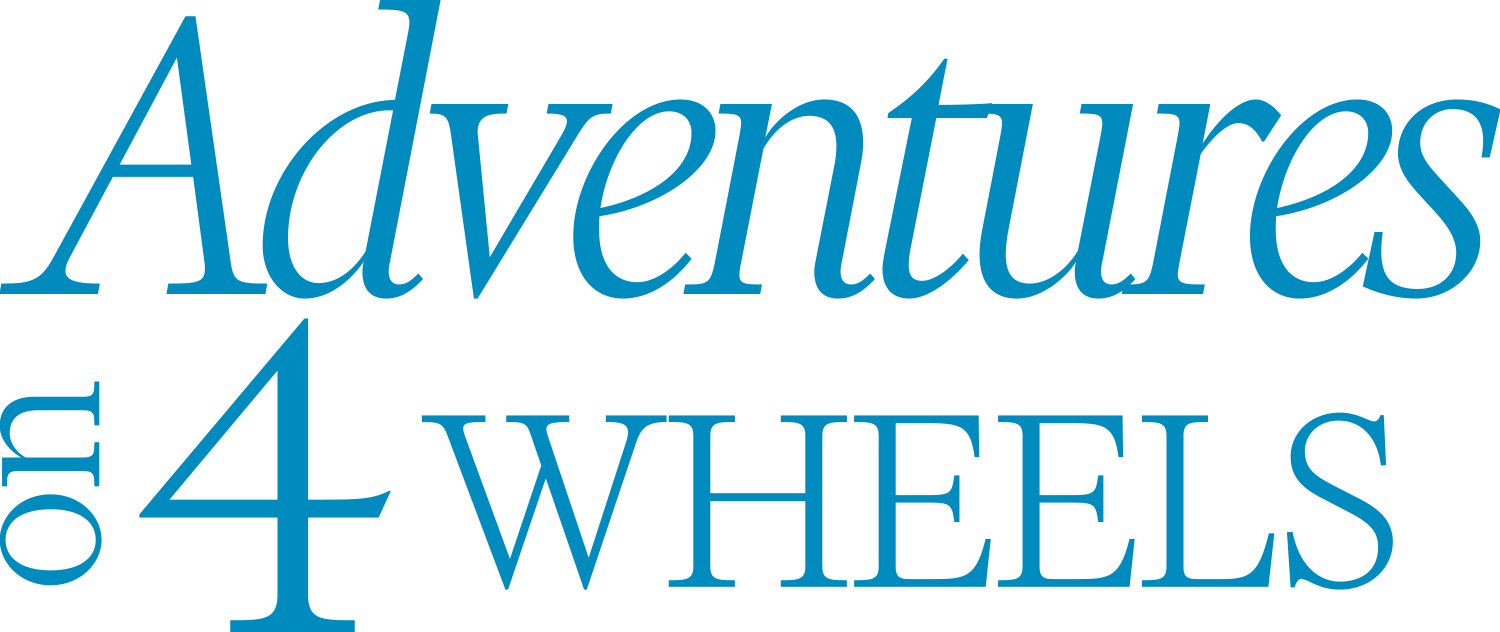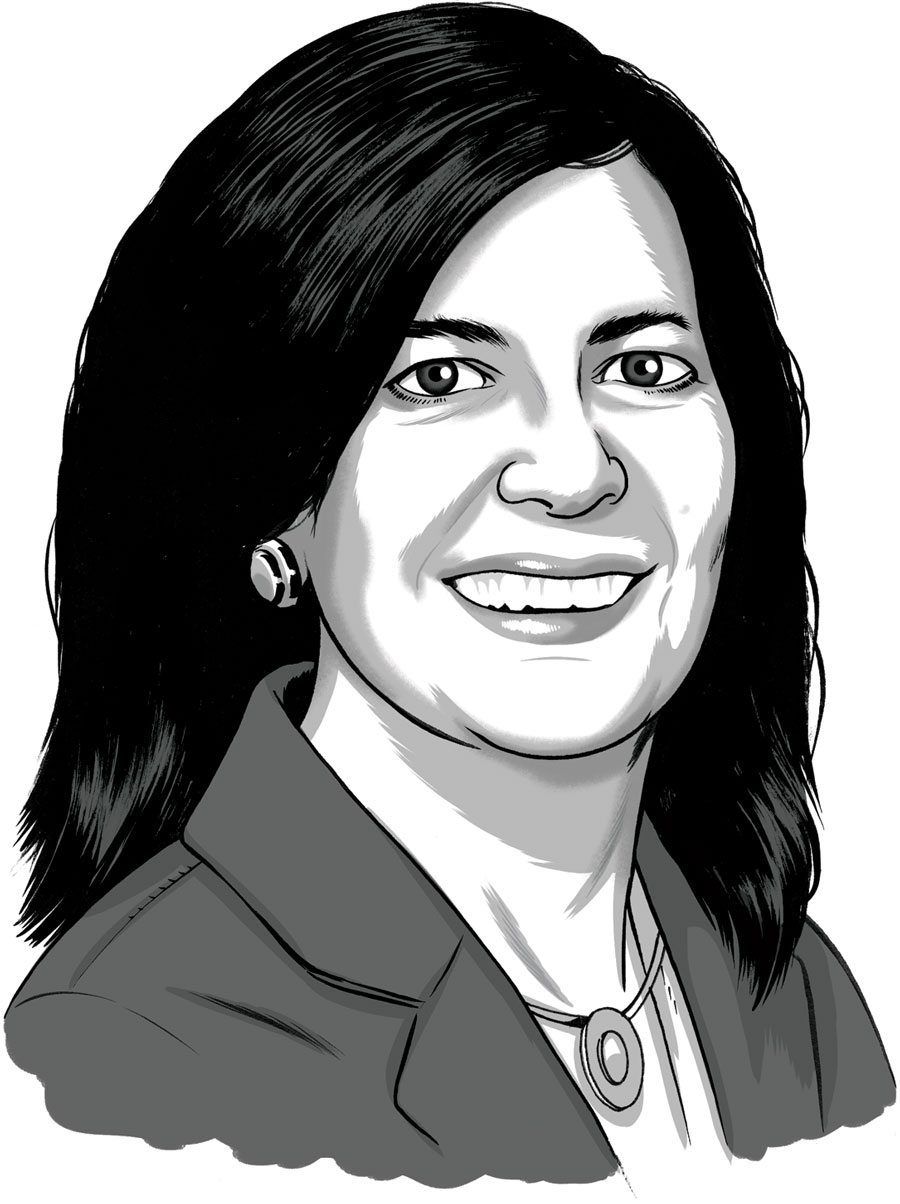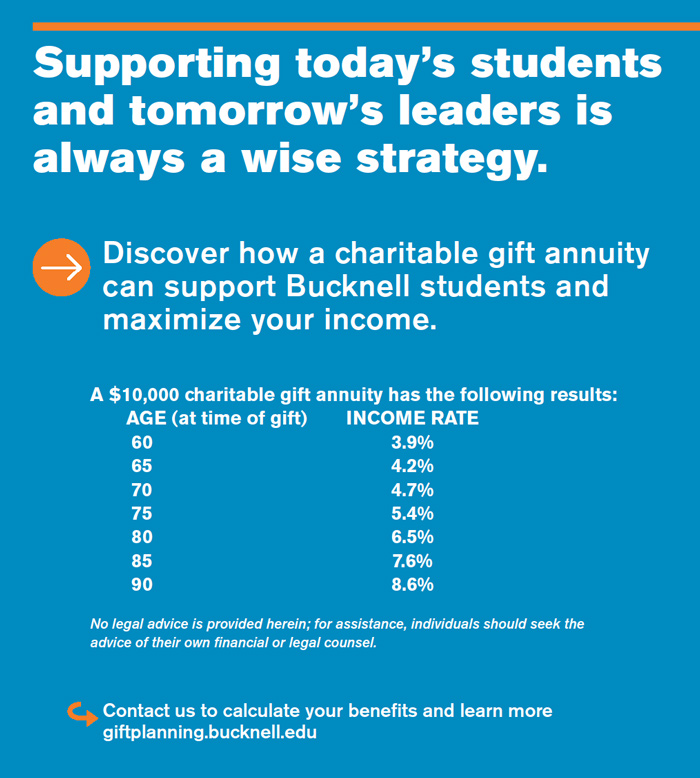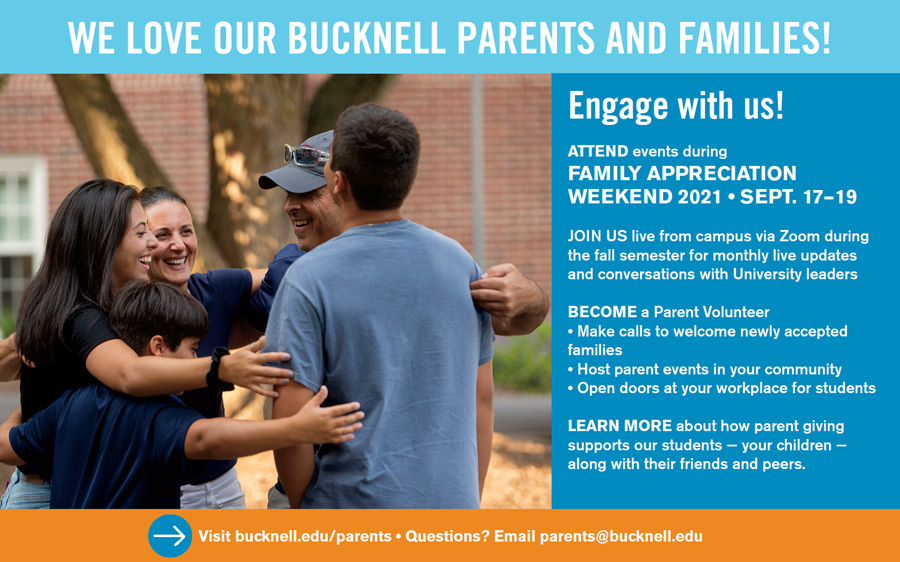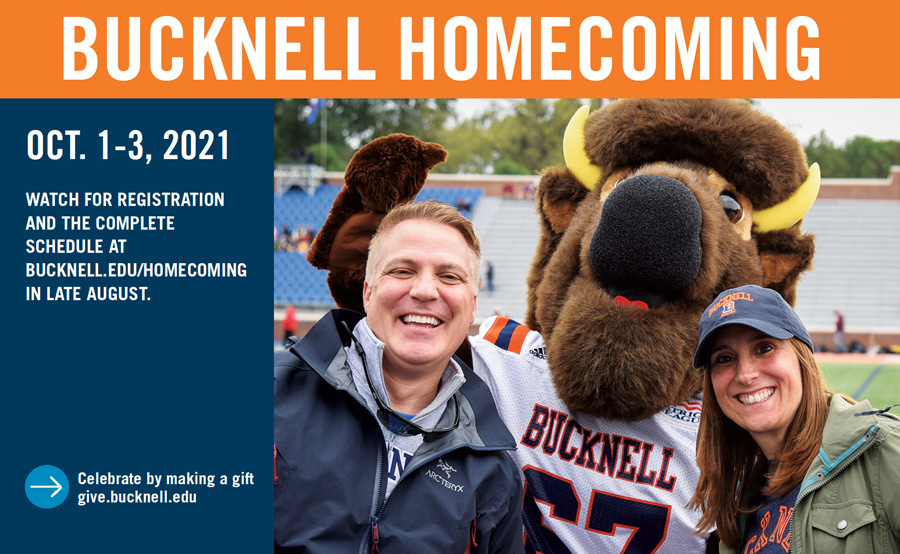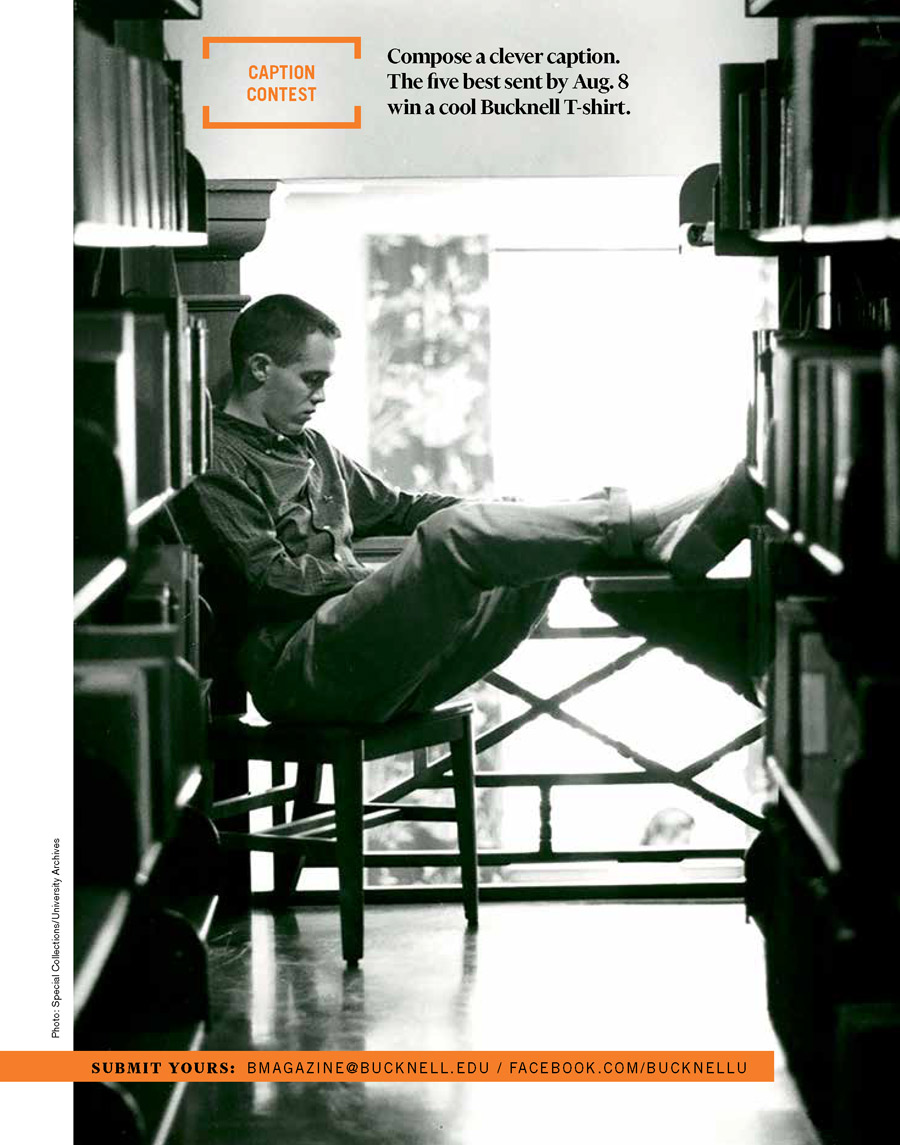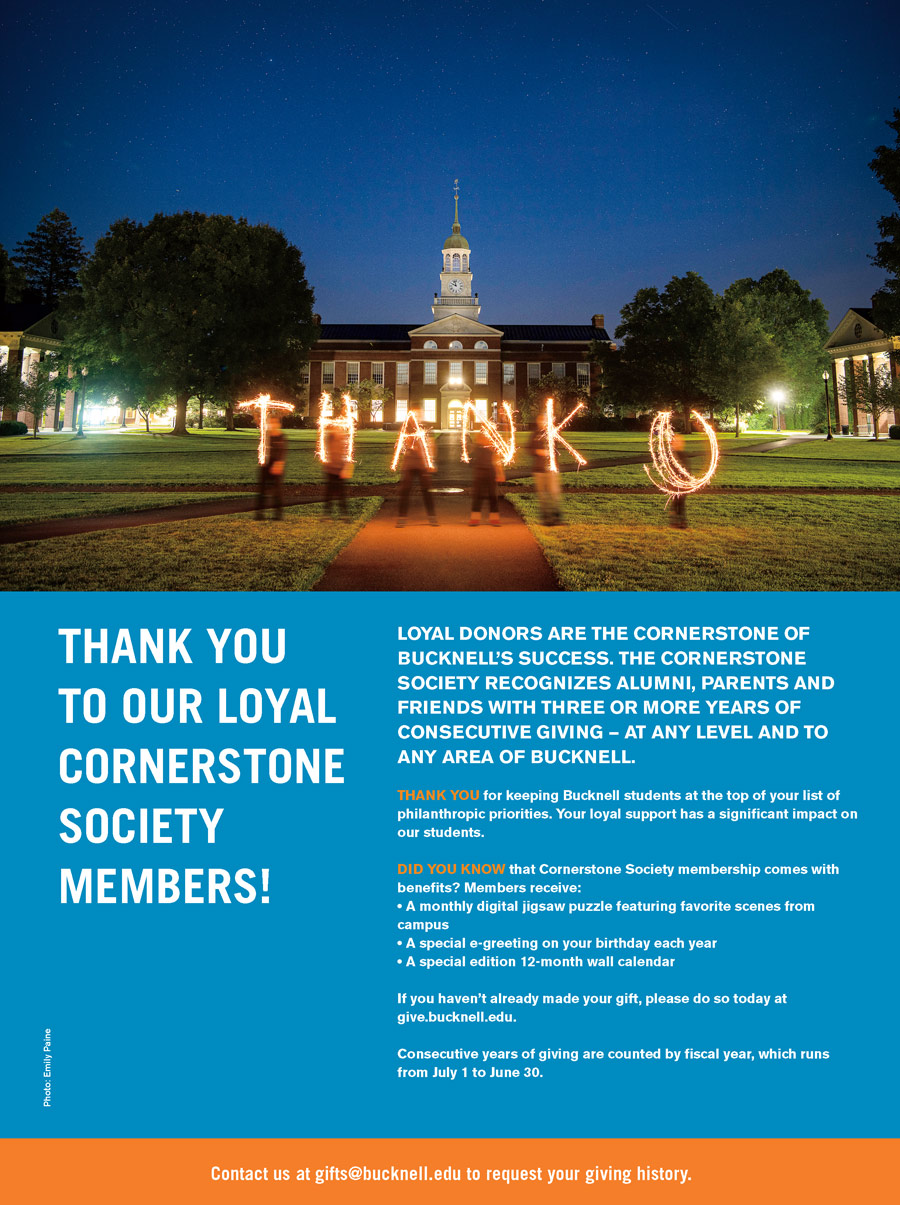The technicolor break in a stormy sky showers good luck on the Ellen Clarke Bertrand Library. Go to Page 20 to learn more about the library’s namesake.
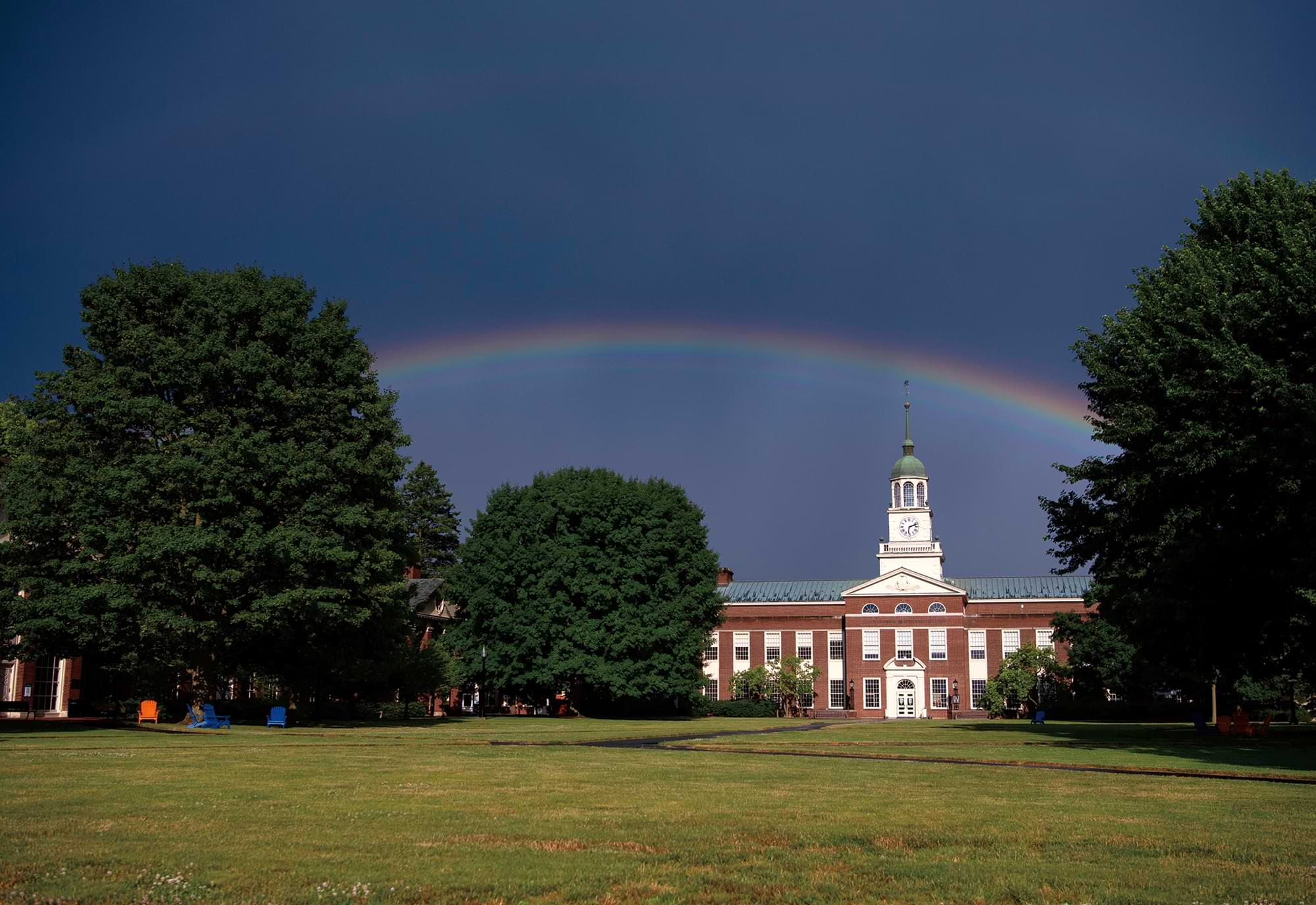
The technicolor break in a stormy sky showers good luck on the Ellen Clarke Bertrand Library. Go to Page 20 to learn more about the library’s namesake.
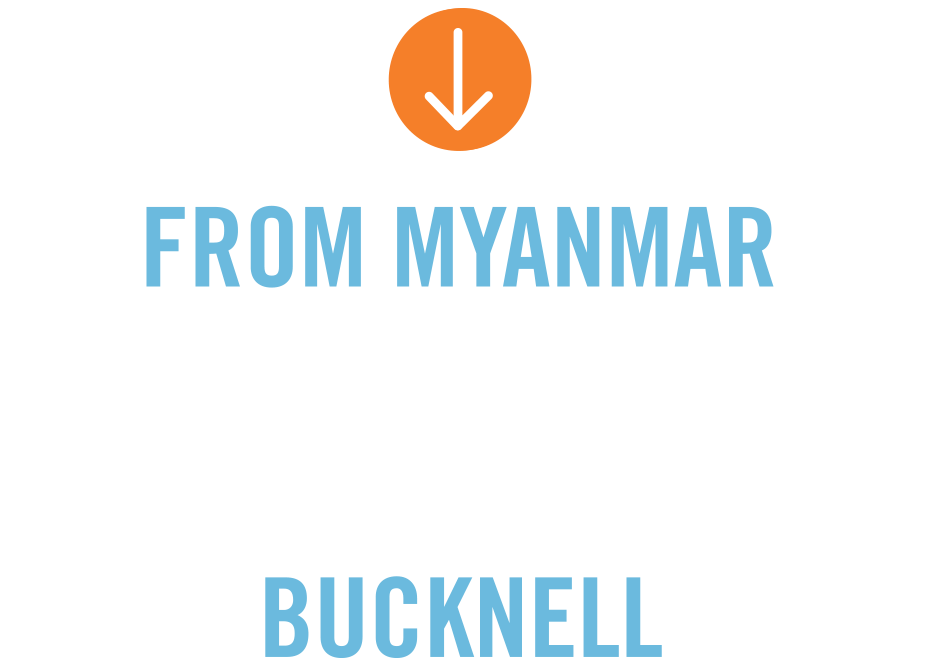
by brooke thames
Since arriving in Lewisburg in 2018, Wutt Kyi ’22 has sought to empower others. She’s used a 3-D printer to create prosthetics for people who have lost fingers due to war, disease or natural disaster through her work with Bucknell’s chapter of e-NABLE. And the biomedical engineering major has co-led the new Society of Asian Scientists and Engineers.
Her advocacy extends to her embattled home country. When Myanmar’s military forcibly seized government control in February after a democratic election — sparking violent clashes between peaceful protestors and armed forces — Kyi transformed a Facebook group she co-created into a platform for Burmese people worldwide to coordinate advocacy efforts.
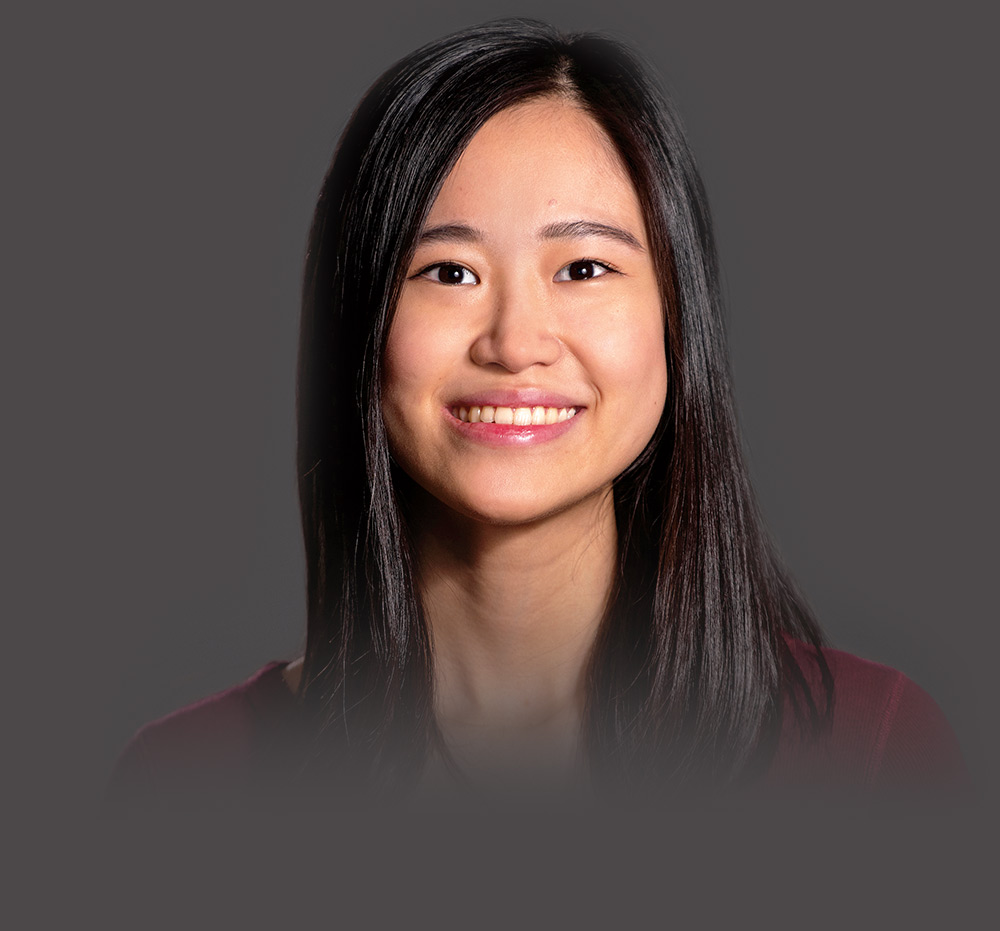

Since arriving in Lewisburg in 2018, Wutt Kyi ’22 has sought to empower others. She’s used a 3-D printer to create prosthetics for people who have lost fingers due to war, disease or natural disaster through her work with Bucknell’s chapter of e-NABLE. And the biomedical engineering major has co-led the new Society of Asian Scientists and Engineers.
Her advocacy extends to her embattled home country. When Myanmar’s military forcibly seized government control in February after a democratic election — sparking violent clashes between peaceful protestors and armed forces — Kyi transformed a Facebook group she co-created into a platform for Burmese people worldwide to coordinate advocacy efforts.
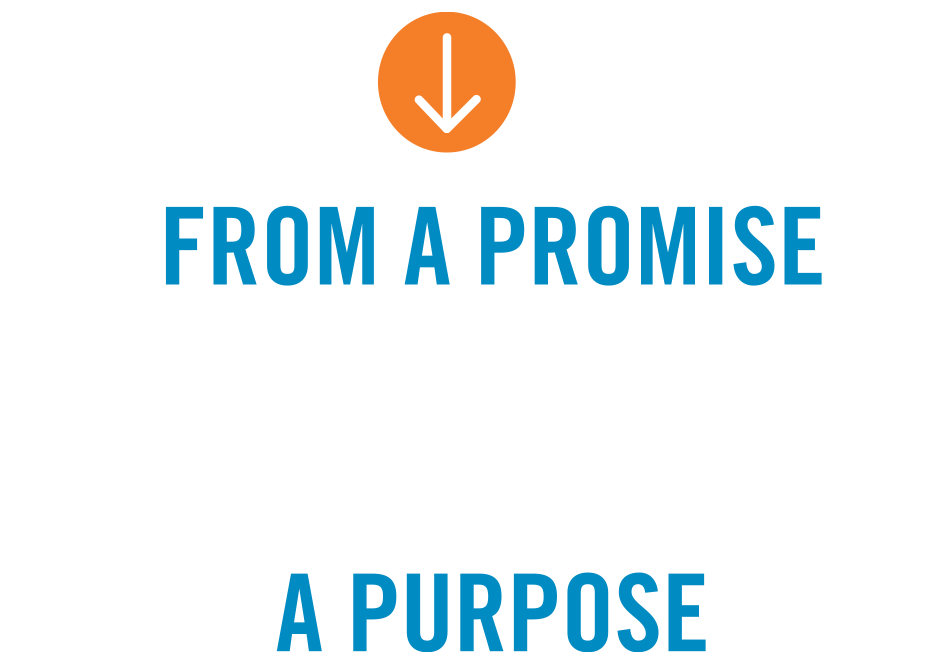
by bryan Wendell
Nikhil Trivedi ’21 was just 5 when he made a promise to his grandma.
“I agreed to become a doctor,” he says. “From then on, she’d always say, ‘my little Nikki’s going to be a doctor and make me proud.’”
That promise sparked a passion for science. In middle school, Trivedi remembers learning about the brain and being in awe.
“How can these microscopic cells make up who we are, how we act, how we think?” he says. “That just really interested me.”
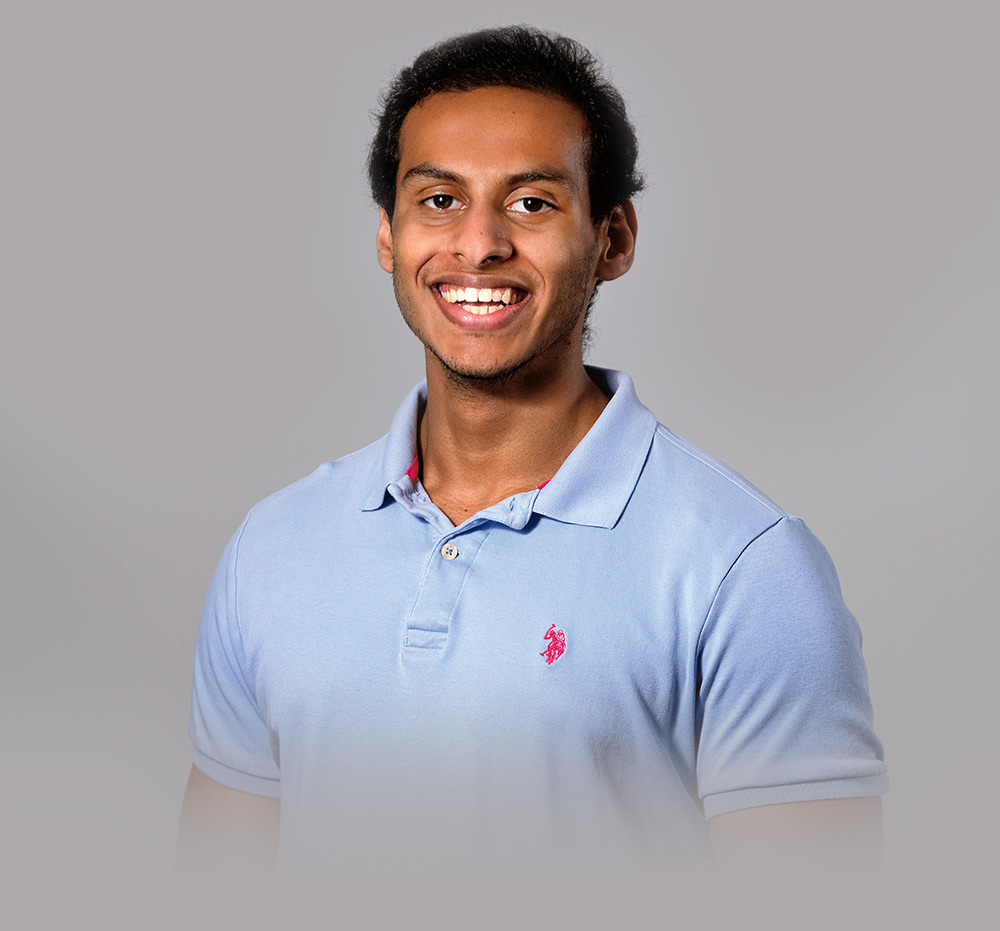

Nikhil Trivedi ’21 was just 5 when he made a promise to his grandma.
“I agreed to become a doctor,” he says. “From then on, she’d always say, ‘my little Nikki’s going to be a doctor and make me proud.’”
That promise sparked a passion for science. In middle school, Trivedi remembers learning about the brain and being in awe.
“How can these microscopic cells make up who we are, how we act, how we think?” he says. “That just really interested me.”
New York City
I sincerely hope things are truly changing at Bucknell and that current and future students will have a chance to meet many more people of many different backgrounds during their college years than I did during mine. And I’m so glad you are showcasing many students of diverse backgrounds in the magazine. I hope other alumni are as happy about that as I am!
Maple Glen, Pa.
Keith Coleman ’90 worked at Cantor Fitzgerald in One World Trade Center. He left behind wife Elodie Ferrante Coleman ’90, two small children and his parents. In that same building worked two other alumni, Bonnie Jean Shihadeh Smithwick ’68, at Fred Alger & Co., and Mark Ryan McGinly ’97, at Carr Futures. She was survived by her husband, now deceased, and two children, and he was survived by his parents and two brothers.
Joseph Berry P ’96, P’03 and Bradley Fetchet ’99 were working at Keefe, Bruyette & Woods in Two World Trade Center that day. Joseph Berry’s wife, Evelyn, and children Joe ’96, Kimberley ’03 and Todd survived him. Bradley Fetchet left behind brothers Christopher ’11 and Wesley ’04 and parents Mary and Frank. Mary co-founded, with another survivor, the Voices Center for Resilience, a nonprofit that helps families and communities heal after tragedies.
As the 20th anniversary approaches, we lift up the names of those Bucknell lost but also extend our condolences to their loved ones, including one of our current students. Sara Micciulli ’23 was only 9 months old when her father, William, died at his Cantor Fitzgerald office. You can read Sara’s story of resilience in the article Shining a Light on 9/11.
So during a Friday class we put a matchbook cover in the door lock and returned on Saturday. The computer room was easy entry. We pulled the shades, and off we went. By trial and error, we solved the equation. The moral of the story is that Bucknell had a computer of its own before 1962!
Sag Harbor, N.Y.
New Holmes Hall was named for alumni couple who met at Bucknell.
Road warrior Doug Bogan ’13, shown backpacking in Arizona, is living the work/adventure dream.
Photograph by Crawford Morris ’15

magazine
Volume 14, Issue 3
Vice President For Communications
Heather Johns
Editor
Sherri Kimmel
Design
Amy Wells
Associate Editor
Matt Hughes
Class Notes Editor
Heidi Hormel
Contributors
Brad Tufts
Emily Paine
Brooke Thames
Bryan Wendell
Editorial Assistant
Kim Faulk
Website
bucknell.edu/bmagazine
Contact
Email: bmagazine@bucknell.edu
Class Notes:
classnotes@bucknell.edu
Telephone: 570-577-3611
Bucknell Magazine
(ISSN 1044-7563), of which this is volume 14, number 3, is published in winter, spring, summer and fall by Bucknell University, One Dent Drive, Lewisburg, PA 17837. Periodicals Postage paid at Lewisburg, PA and additional mailing offices.
Permit No. 068-880.
Circulation
51,000
Postmaster
Send all address changes to:
Office of Records,
301 Market St., Suite 2
Bucknell University, Lewisburg, PA 17837
© 2021 Bucknell University
Please recycle after use.

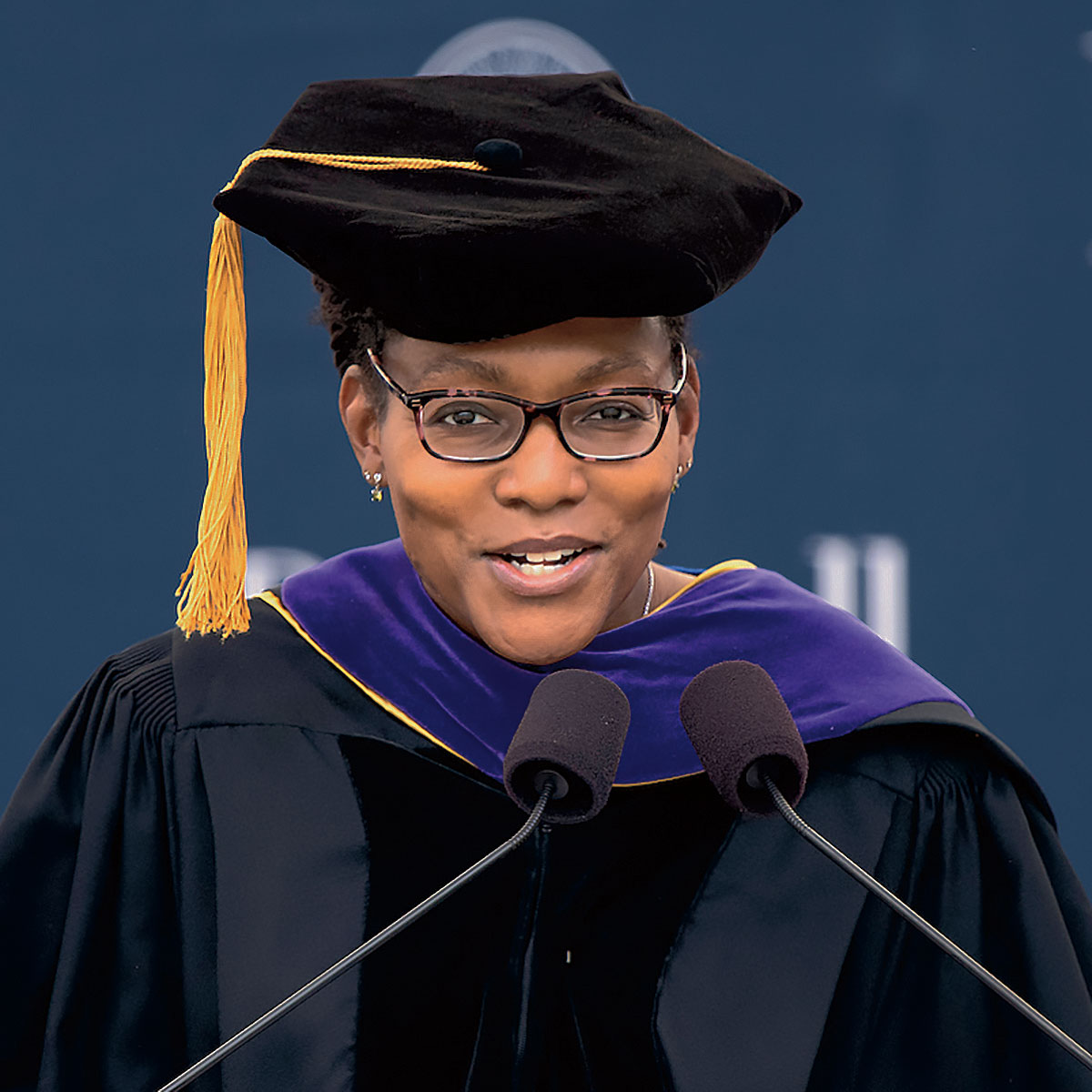
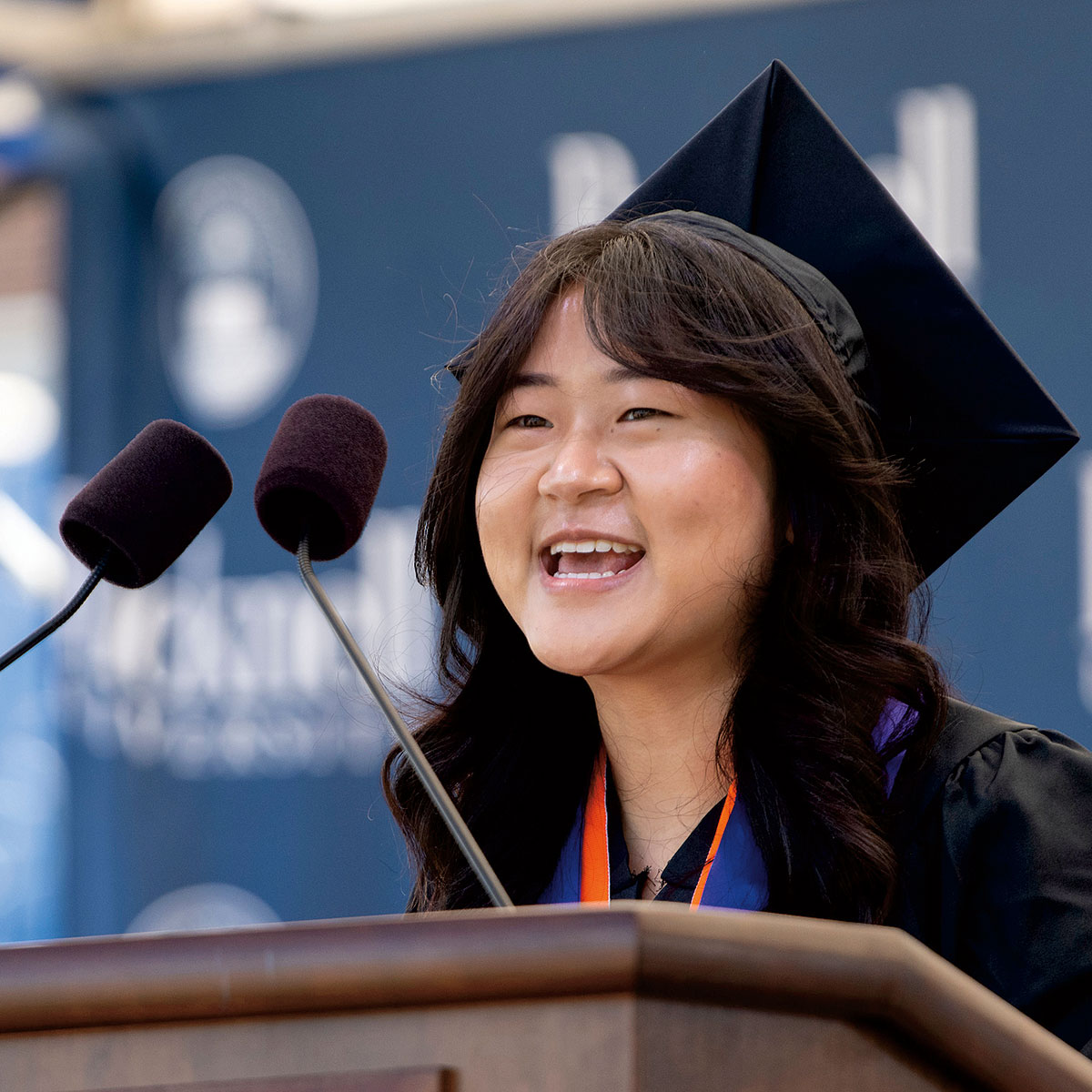
In her keynote address, lawyer and policy shaper Audra Wilson ’94 urged the graduates to use the knowledge they gained at Bucknell to build a better future.
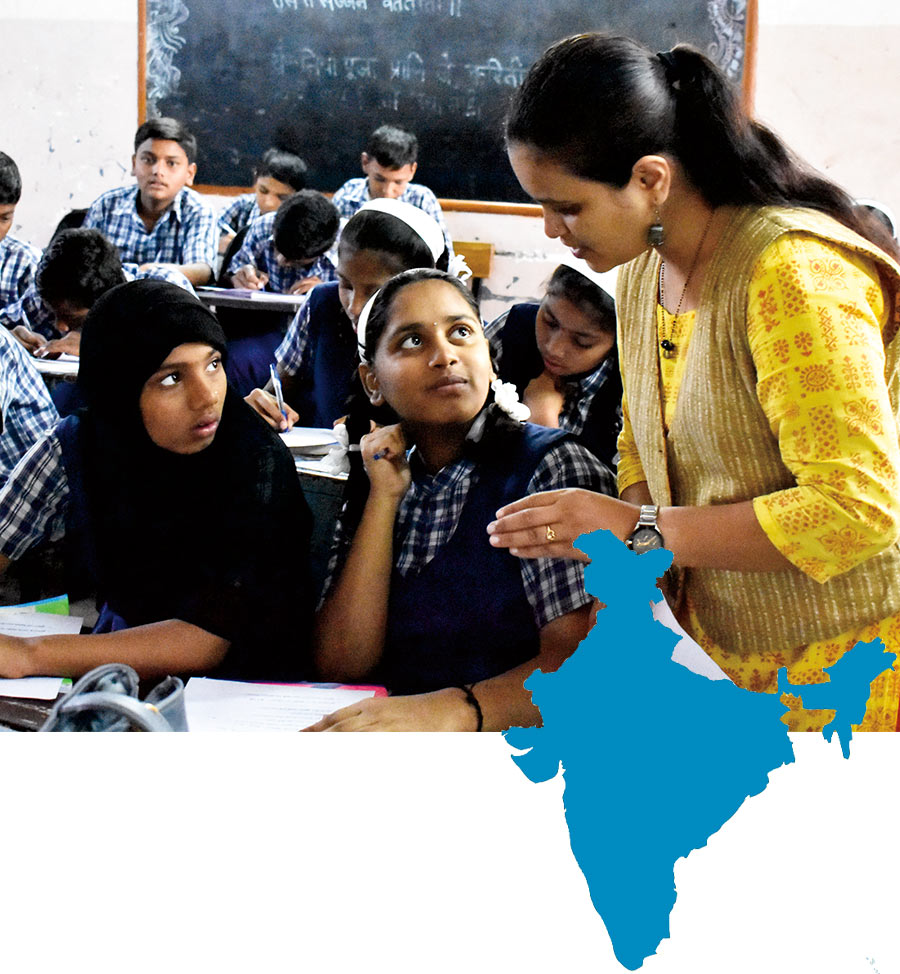

 Pune, India
Pune, India
For students in Professor Coralynn Davis’ Gender, Power and Global Development course, Zoom became more than a means to attend class remotely — it became a door to another world. Taught this spring in partnership with the Institute for Study Abroad, the course connected Bucknellians with students in India to gain insight into gender and social equity issues in the developing nation.
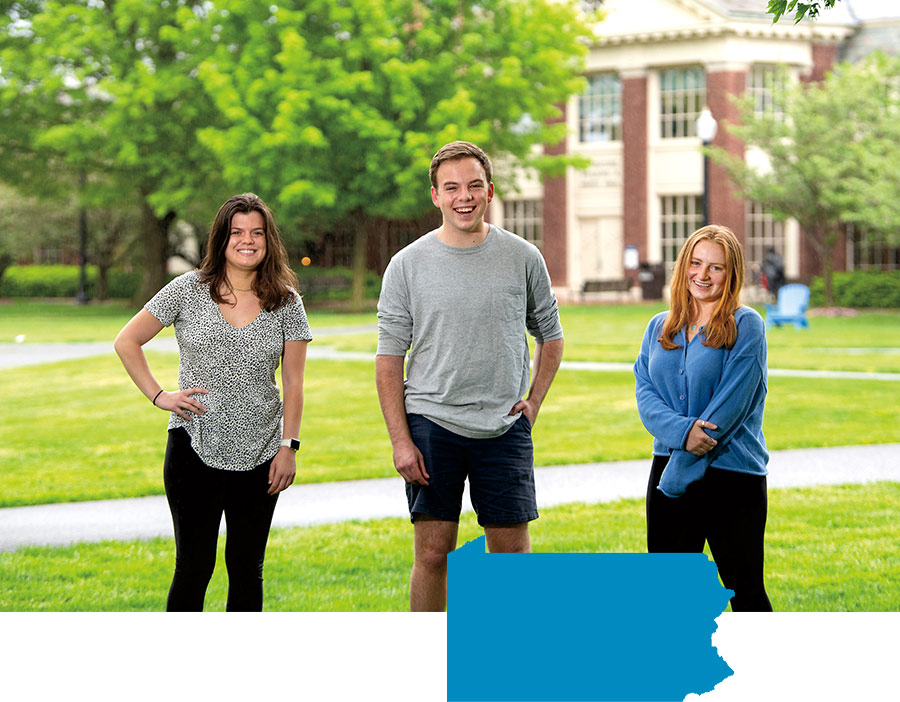

 Danville, Pa.
Danville, Pa.
When Professor Annie Randall started a music course inside Danville’s North Central Secure Treatment Unit in 2015, she hoped Bucknellians could be a light in the lives of at-risk youth. This spring, those hopes were further realized when students launched a General Educational Development (GED) tutoring program at North Central, a residential facility for girls and young women, ages 12-21.


Over the next year, three students and three professors will bring their Bucknell experiences overseas through educational travel funded by the Fulbright Program and Boren Awards.
Sara Butler ’21, who graduated in May with degrees in physics and philosophy, received a Fulbright to study quantum gravity in Vienna.
“You could work your entire life on this kind of research without solving the problem,” she says. “I don’t expect to get results, but I do hope to have a greater sense of working within a group and knowing how to think like a scientist, especially when it comes to deeply theoretical problems.”

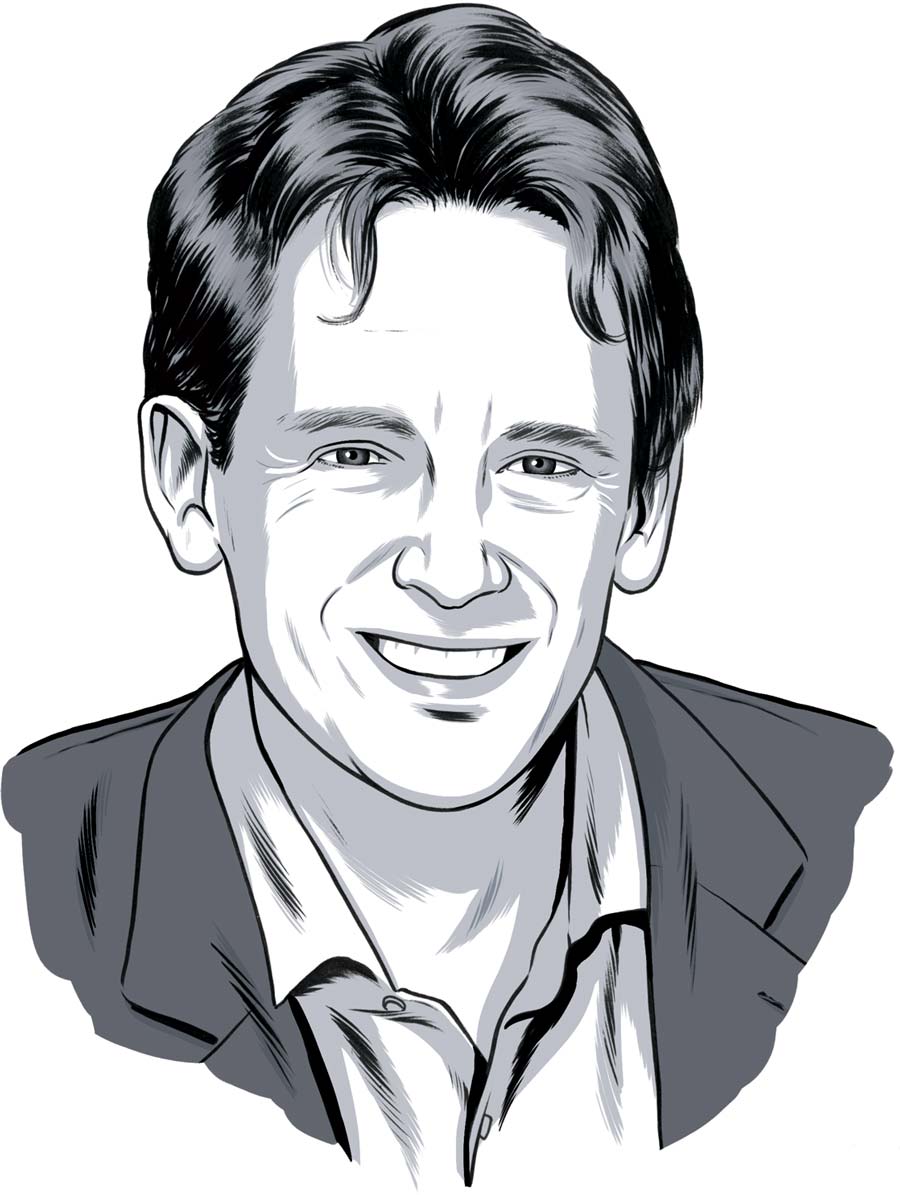
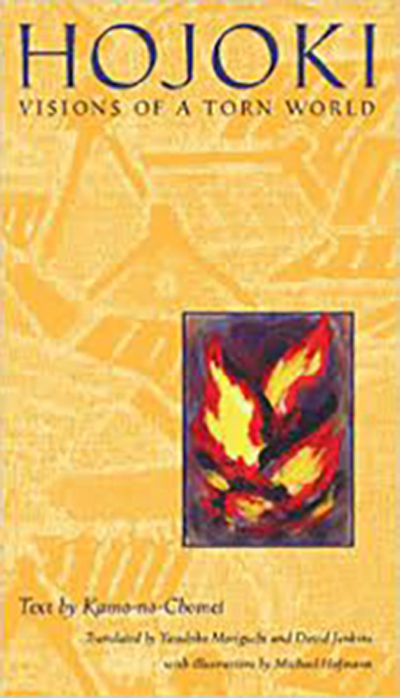
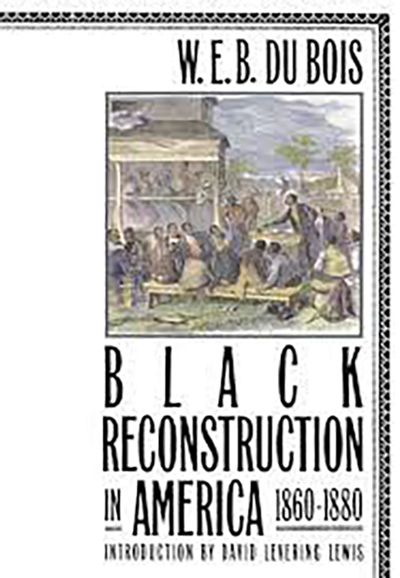
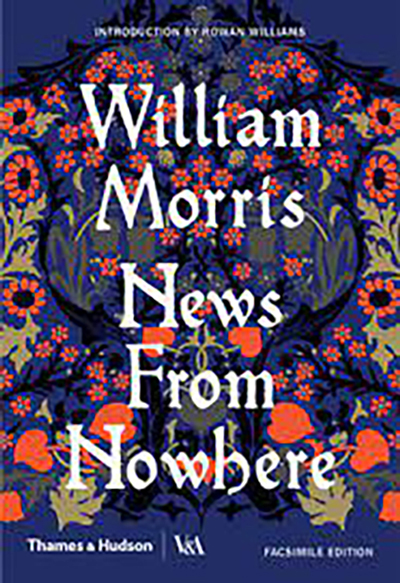



In the year 1202, amid fires and famine, court poet Kamo-no-Chomei left his cushy imperial post to take Buddhist vows and retire to the mountains outside Kyoto, where he spent his last years in solitude in a tiny, thatched hut composing this famous prose poem. Like Thoreau’s Walden, the Hojoki is less an outright rejection of his troubled world than it is an attempt to reflect on the human condition in historical context, employing the tools of both Buddhism and Sino-Japanese poetics.

Through a wealth of data and extensive excerpts from the historical records, DuBois reveals, in this 1935 work, the “lost opportunity” of the Reconstruction period, which was deliberately and effectively thwarted by the collusion of Southern white elites and Northern politicians and industrialists. This was the first book to challenge the racist historical narrative of the era, showing the courage and talent of African Americans in attempting to reconstruct U.S. democracy in the postwar era. As such it is both tragic and hopeful.

In this influential literary utopia published in 1890, Victorian polymath Morris imagines a postrevolutionary England bereft of urban squalor, industrial pollution, private property, courts, crime and poverty, where children are educated by roaming the woods learning “practical” activities. Morris’ biting critique of industrial capitalism and the structures of inequality that enforce and uphold it ring just as true today as in his own time, particularly given his overarching concerns: nature, beauty, pleasure and freedom.

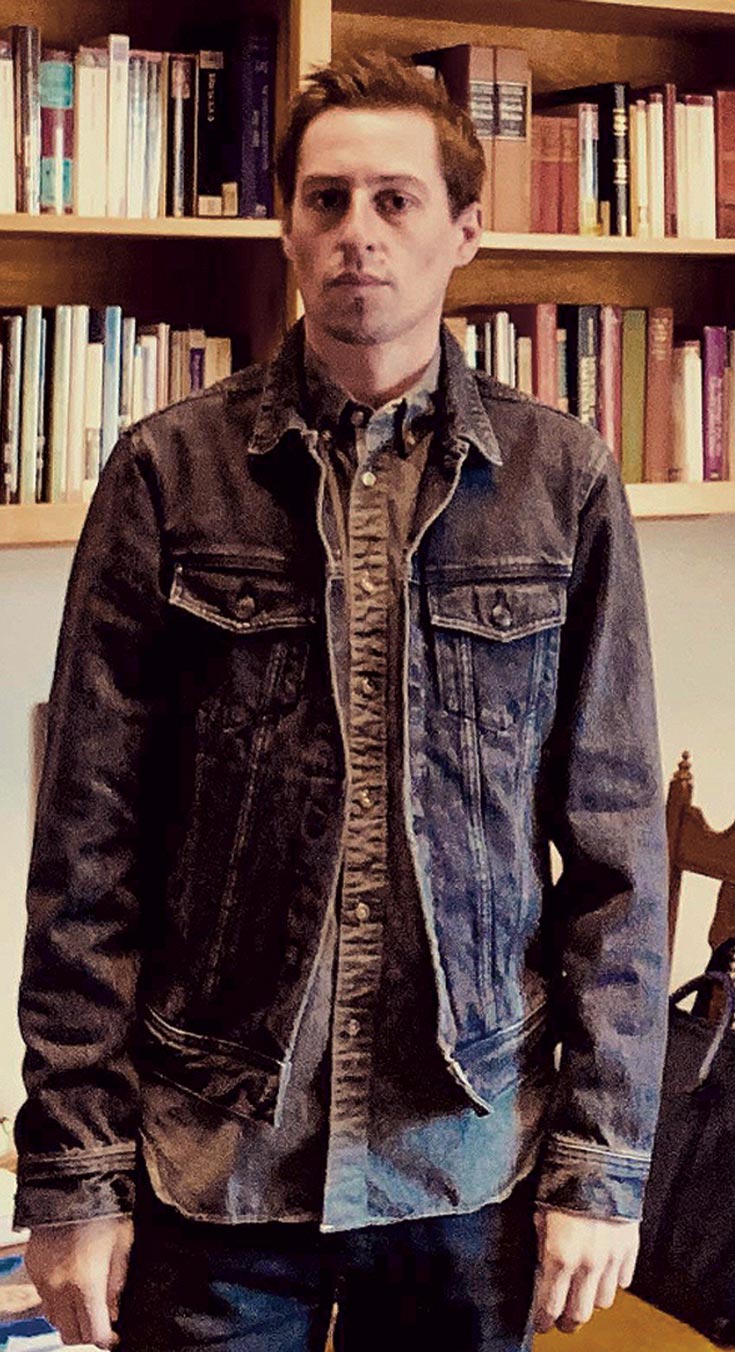

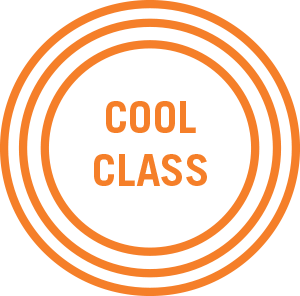
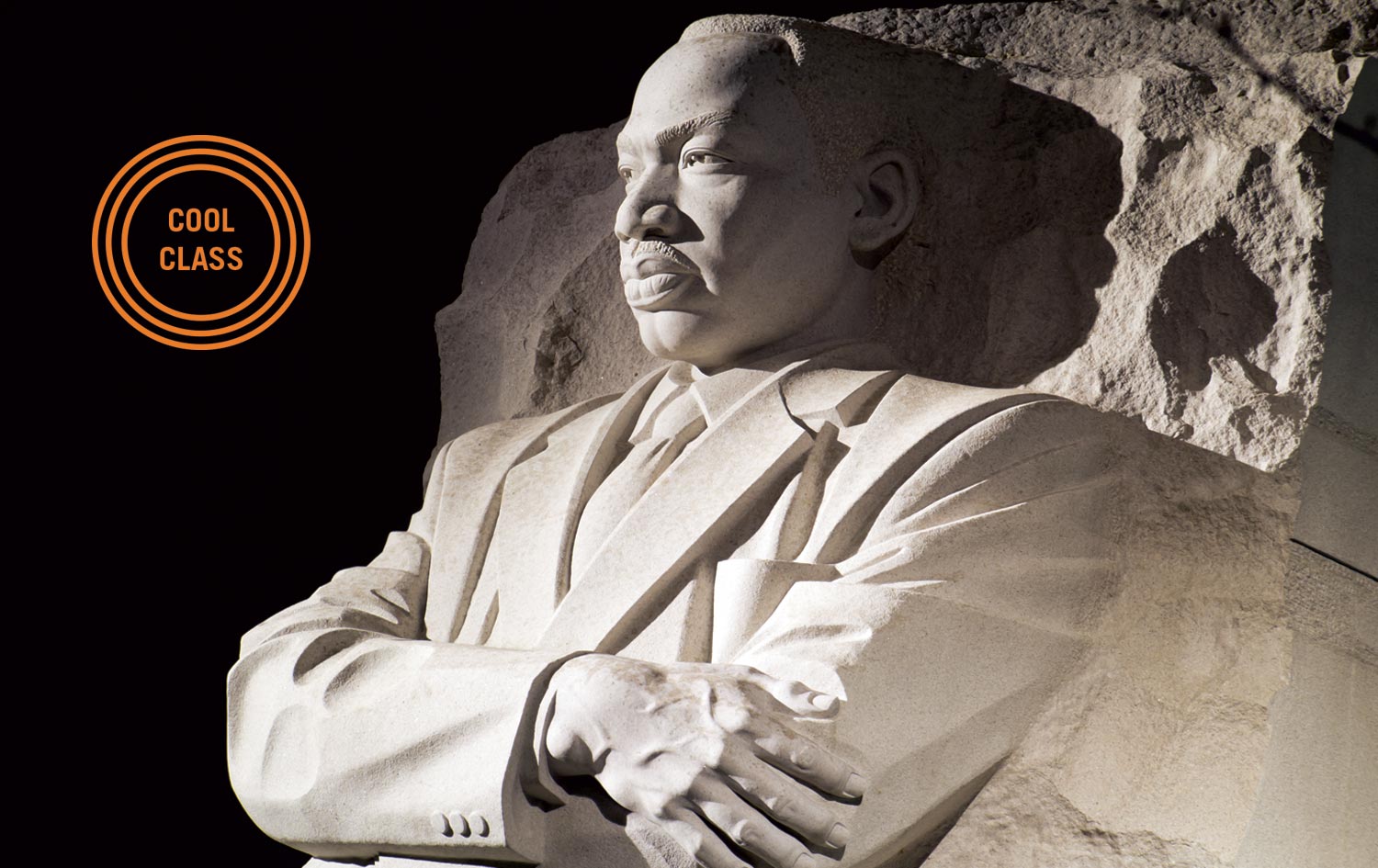
This course calls on students to delve into the contradiction between King, the dynamic and politically savvy philosopher, preacher and movement leader, and King the static, uncomplicated national icon. Seen as a Black radical in the 1960s because his message threatened the status quo of white domination, by the 1990s King had been recreated and embraced as a national icon. While his message and actions are now taught in schools and commemorated nationally each January, we ask: What shifted in three decades to make him more palatable?
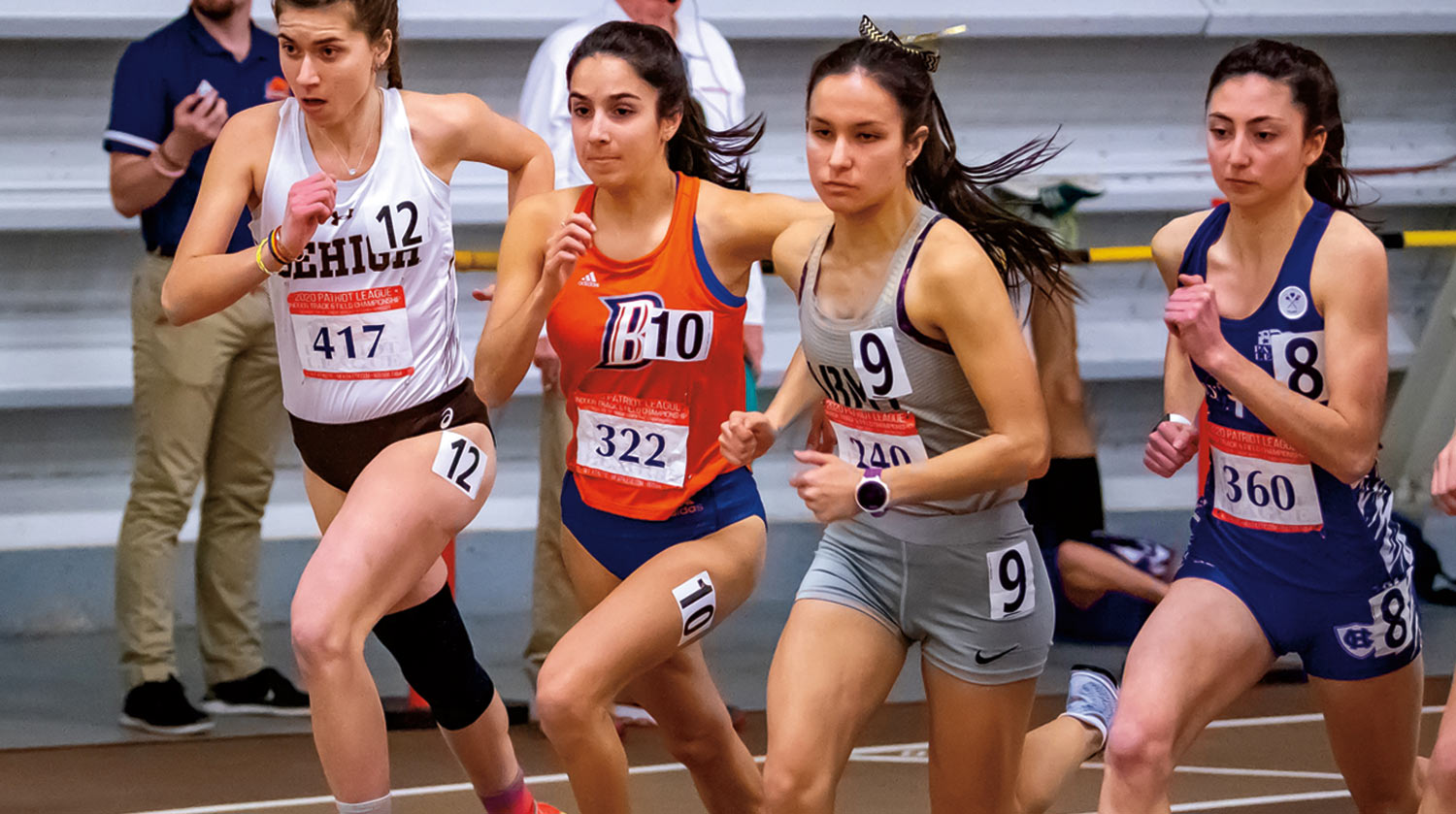

But of one thing she was certain: “I really hated running when I was little.”
That’s until her parents signed her up for a “fun run” in elementary school. Ramos won the race and, with the victory, a pair of running shoes. “Oh, I’m kind of good at this,” she recalls thinking. That pivotal moment spurred her to join the cross-country teams in middle school and high school.


 Criminal “phishing” attacks are increasingly common and sophisticated. To steal our identities and financial assets, fraudsters want us to give up personally identifiable information (PII) such as Social Security numbers, driver’s license numbers and credit-card numbers. Brandon Seymore, a Bucknell network engineer/information security analyst, explains how to keep our personal information safe.
Criminal “phishing” attacks are increasingly common and sophisticated. To steal our identities and financial assets, fraudsters want us to give up personally identifiable information (PII) such as Social Security numbers, driver’s license numbers and credit-card numbers. Brandon Seymore, a Bucknell network engineer/information security analyst, explains how to keep our personal information safe.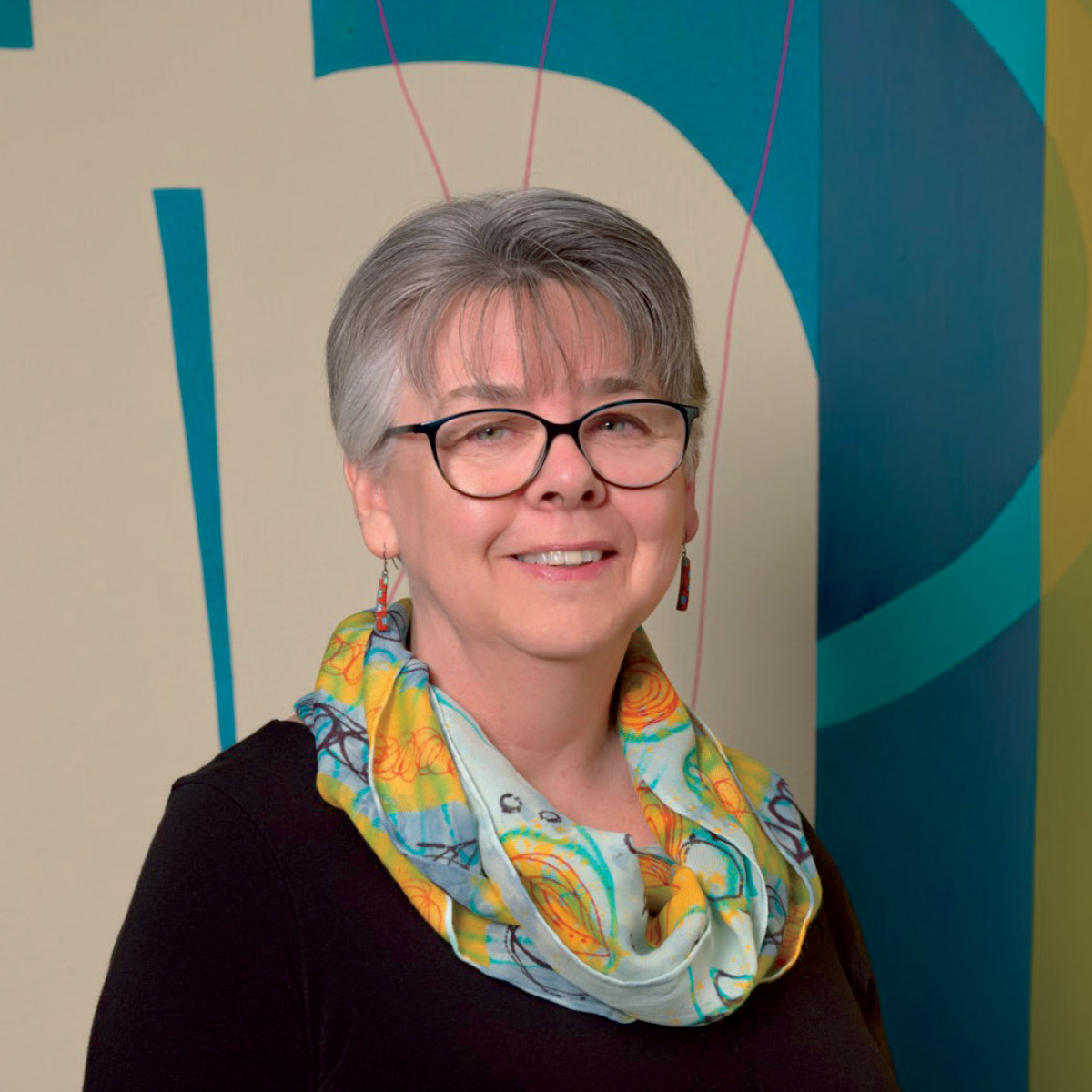

aren Schulz ’75 wandered the galleries of Quilt National in Athens, Ohio, looking for her entry Girl in the City with Blue Hair. She was thrilled to be accepted by this prestigious, biennial juried competition for contemporary art quilts on just the second time she applied. But as she turned one corner after the next, she could not find her submission.
“I thought, ‘It’s not here. They must have made a mistake,’ ” Schulz recalls. “Someone is going to tap me on the shoulder and say, ‘We’re sorry, but you didn’t actually get in the show, and you’ll have to leave now.’ ”
But then a staff member guided Schulz to her quilt, prominently displayed with a medallion on it right by the front door. “I thought, ‘Great! I won something,’ ” she says. “Then I found out I had won Best of Show. I could barely stand.”
Since that win in 2015, Schulz has earned the standing of one of the nation’s leading contemporary fiber artists. She won a second Best of Show at Quilt National in 2019 for her piece A Conversation and judged the 2021 competition. She has loaned two of her pieces to the State Department’s esteemed Art in Embassies program. And two of her works — A Conversation as well as … and the Skeptic — are now in the permanent collection of the International Quilt Museum in Lincoln, Neb.

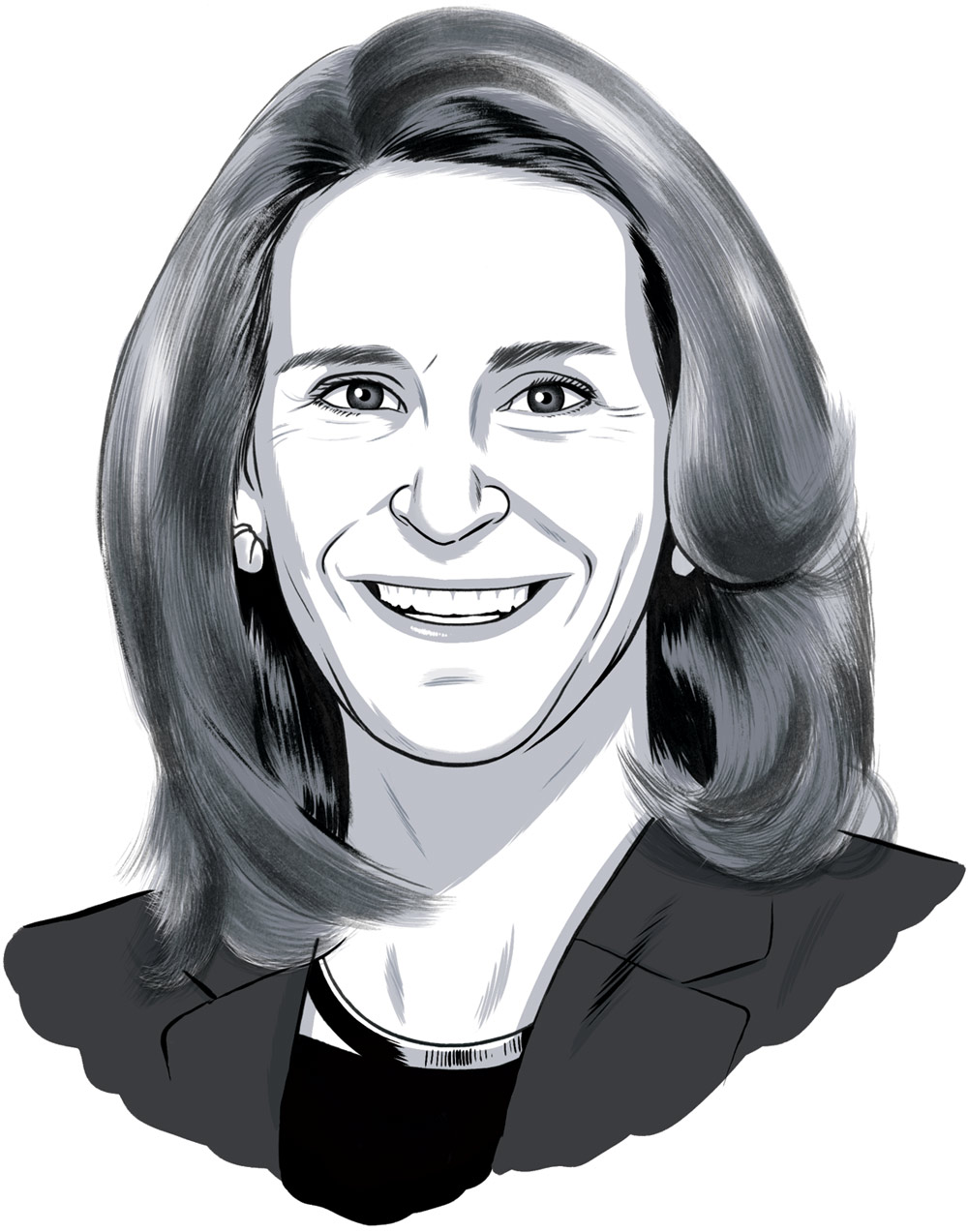
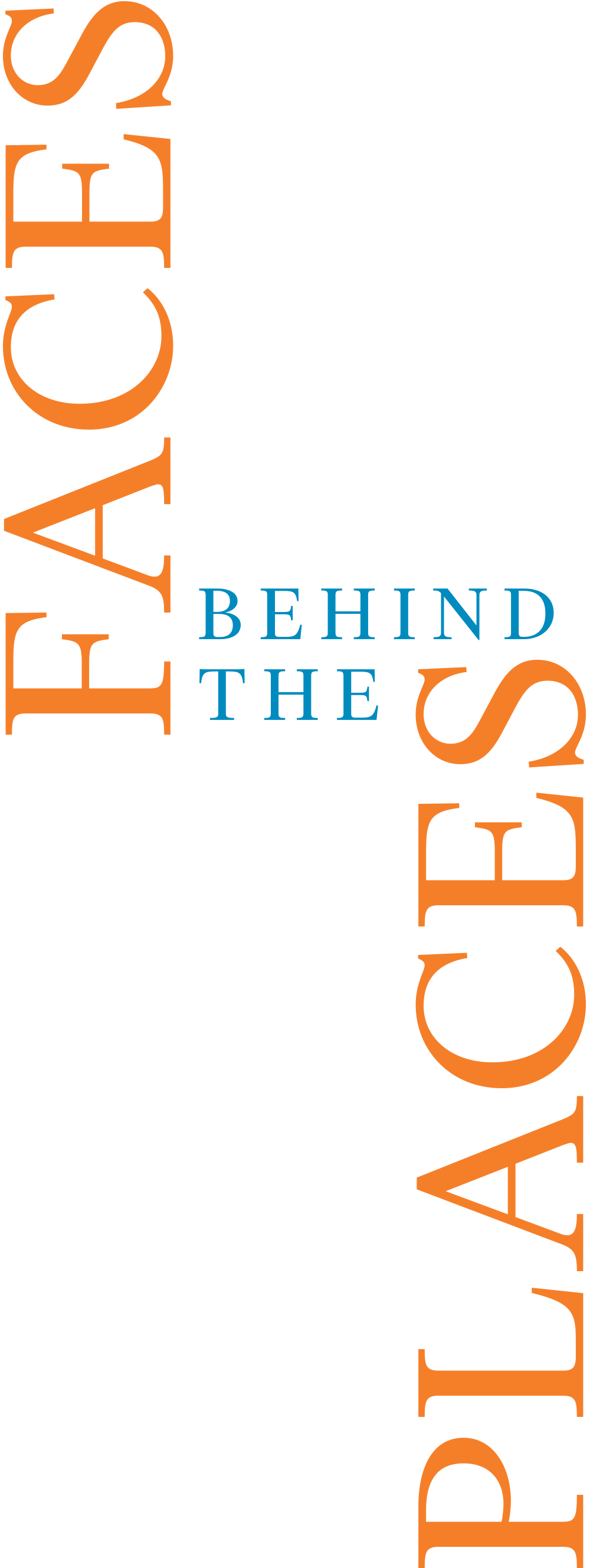
Illlustrations by Jane Brooks

Illlustrations by Jane Brooks

Generations of Bucknellians are on a last-name basis with these and dozens of other buildings and locations on campus. The names conjure an instant image, but it’s usually one of brick, steel or concrete — not of the person whose name is immortalized there.
People like Robert L. Rooke, Class of 1913, who worked for Merrill Lynch after graduation, advanced quickly and oversaw the firm’s trading during the stock market crash of 1929. His family’s many gifts to Bucknell helped build Rooke Chapel, the Freas-Rooke Pool and the Rooke Science Center. At his death in 1994, Rooke was believed to be the oldest member of the New York Stock Exchange, having held a seat there for 66 years.
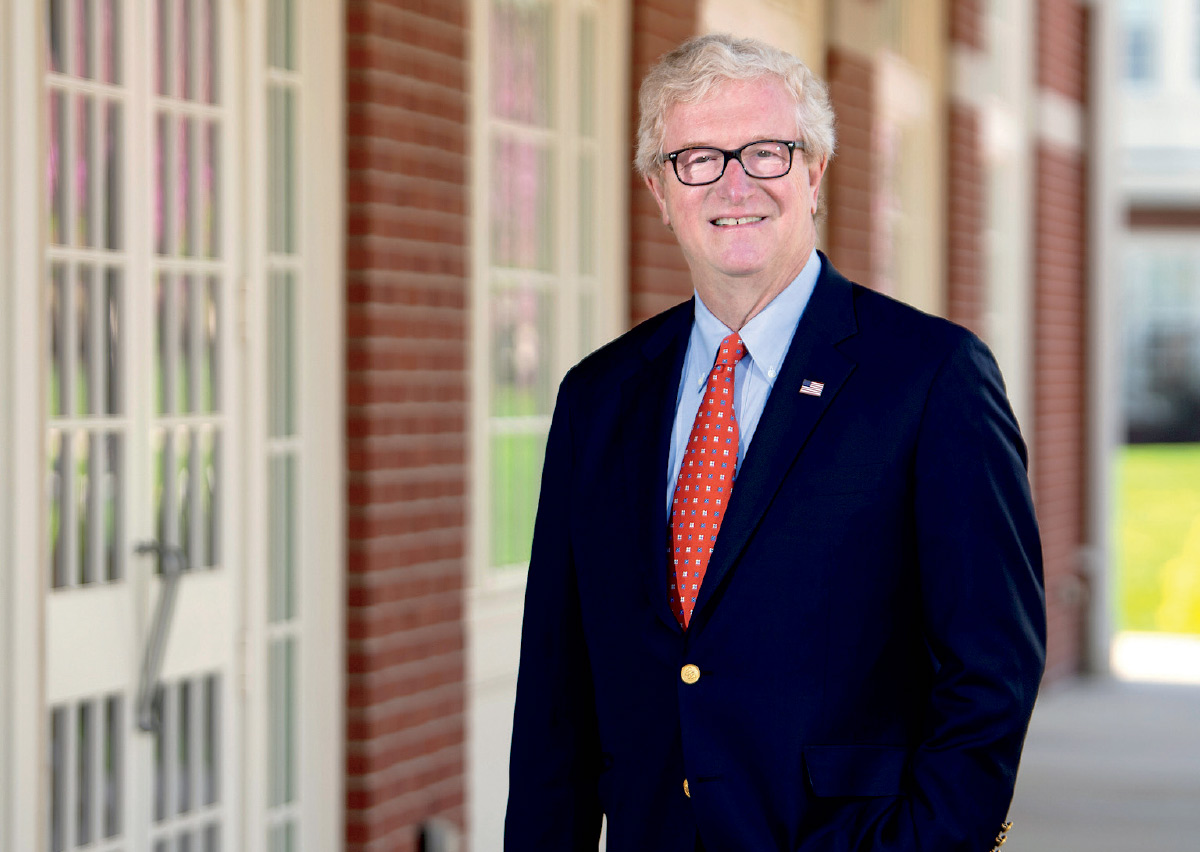
“I was fresh out of college, and I was thrust into dealing with CFOs and controllers of big companies like Mitsubishi and Dean Witter,” Holmes says. “My background in art history allowed me to talk with people who were at a different level.

His childhood home, a 16-story iron apartment building on Riverside Drive between 83rd and 84th streets in Manhattan, provides plenty of details to draw from. Babe Ruth lived a few floors above the Blaustein family — Joe; his two older sisters; his father, a Jewish refugee from the early 20th-century pogroms in what is now Ukraine who, Blaustein says, became “New York’s official bankruptcy auctioneer”; and his decorative mother. The latter created quite a stir in Lewisburg during Blaustein’s first year.
He writes, “Archie, our chauffeur, drove my mother up for a visit — the only member of my family to ever do so. Mother wore red, red lipstick, had Theda Bara-style plucked eyebrows, and smoked while walking in the street. I found out later she was the gossip of the town: People thought she was a prostitute.”
Recalling one detail from decades ago leads to another and another. He tells me before recounting an incident from his childhood:
“I remember getting in the elevator with this woman. She was beautifully made up, staggeringly beautiful. And I remember her hair — black hair that curled around, very French. Named Essie. And I remember how she smelled. Wow. In writing the detail of that fragrance [in his autobiography] I realize that impression still lives with me.”
The 1,200-pages-and-counting autobiography Blaustein is writing is chockful of details like those above. On the following pages is an excerpt from his chapter on Bucknell. I hope you relish these palpable descriptions by a Jewish student of the 1940s as much as I did.
— Sherri Kimmel, Editor
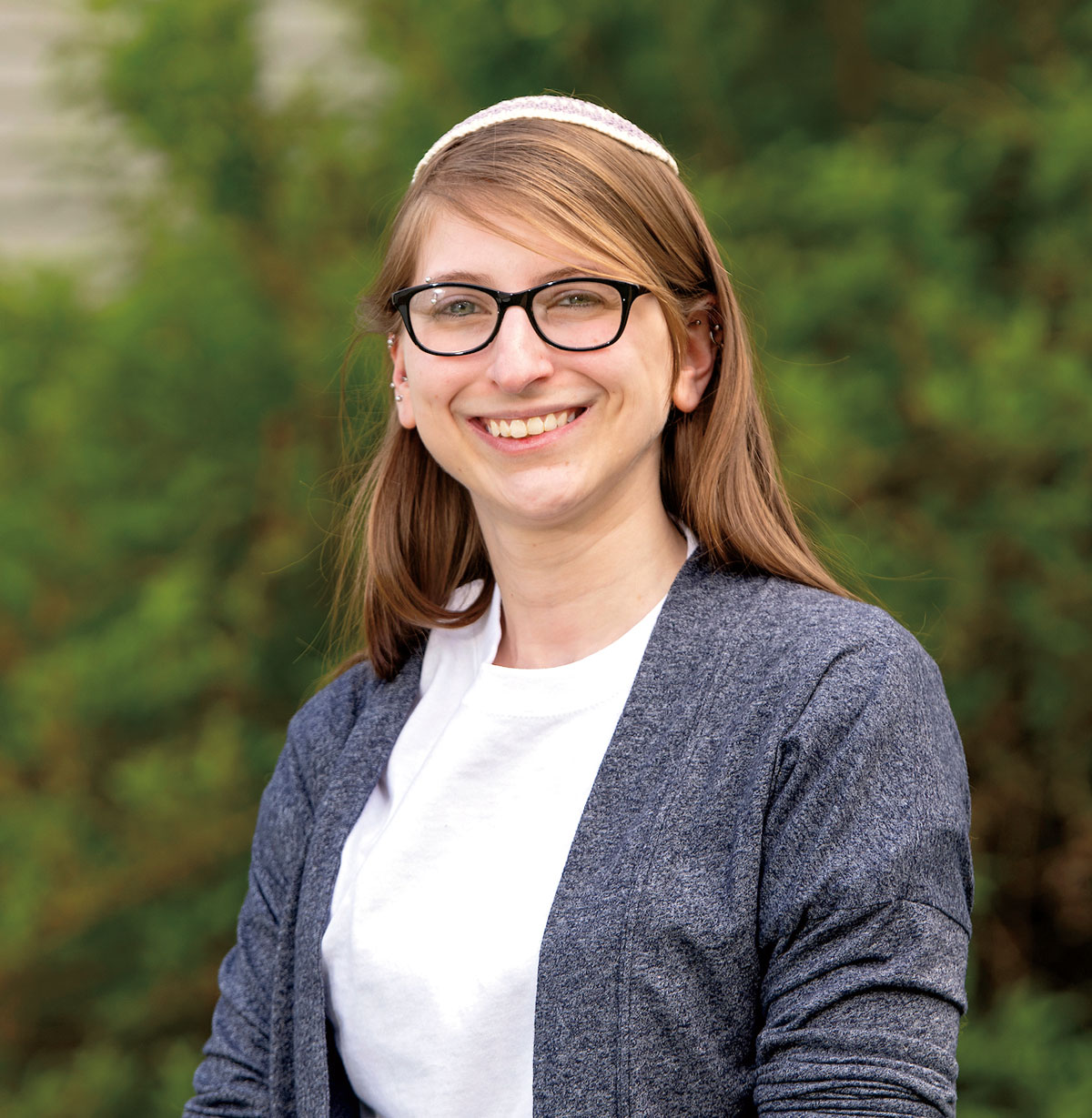
Jewish life at Bucknell has evolved far beyond what Joe Blaustein ’47 experienced in the early 1940s, when the Sammies were the center of a young Jewish man’s world. Today there are 197 self-identified Jewish students on campus, served by the well-appointed Berelson Center for Jewish Life, which has two kitchens, one kosher, the other kosher style; an active, student-run Hillel; and most important, Rabbi Jessica Goldberg.
Goldberg arrived in August, not the opportune time for the Hebrew College graduate to start her rabbinical career. Social distancing has not muted her efforts, though. “Jewish life at Bucknell is on an upward trajectory,” she says. “I’ve been seeing a lot of enthusiasm about the future. Maybe part of that is because people have been cut off from their friends.”
Among the programs that bring Jewish students together is the Hillel International-sponsored Jewish Learning Fellowship, a 10-week program with a “group of about 10 students who come together for dinner once a week and discuss hot-button topics and life’s big questions,” she says.
Many of them started their Blaustein journey years ago, when he was teaching art through the UCLA Extension (continuing education) program, which named him Distinguished Instructor of the Year in 2011. After 63 years with UCLA, Blaustein began offering private lessons on Wednesdays and Saturdays. Students paint or draw for the first and last 90 minutes, bridging a half-hour art appreciation lecture by Blaustein.
On one recent Wednesday he introduces Papunya paintings, showing several images of the intricate Indigenous paintings from Australia that he says typify “art that tells a story. Their art is variety within unity. It’s as beautiful as anything in the art world today.”
His lectures cruise from African American painters Alice Neel and Alma Thomas to Zimbabwean painter Virginia Chihota. Explorations of British artists Chantal Joffe and Cecily Brown give way to calligraphic American painter Mark Tobey, British Indian sculptor Anish Kapoor, Chinese artist Ai Weiwei and more.
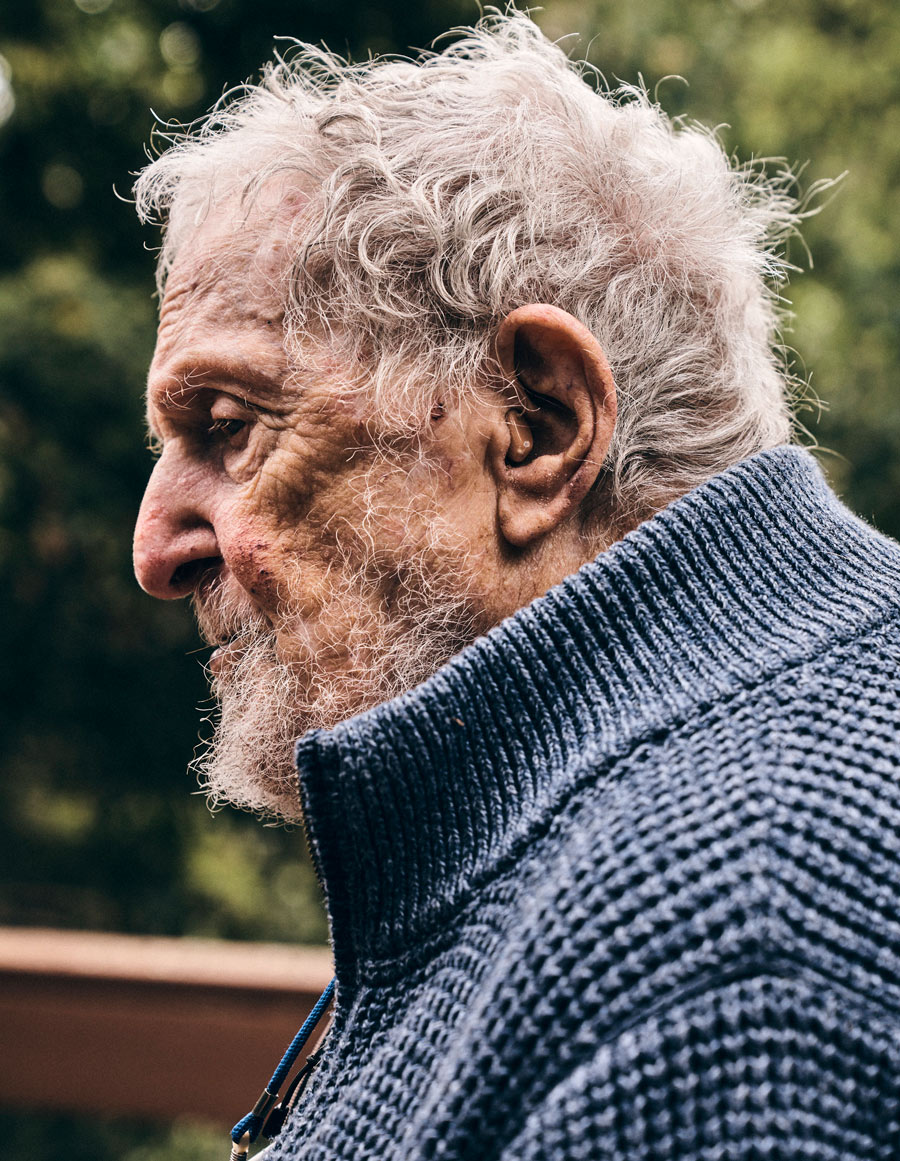

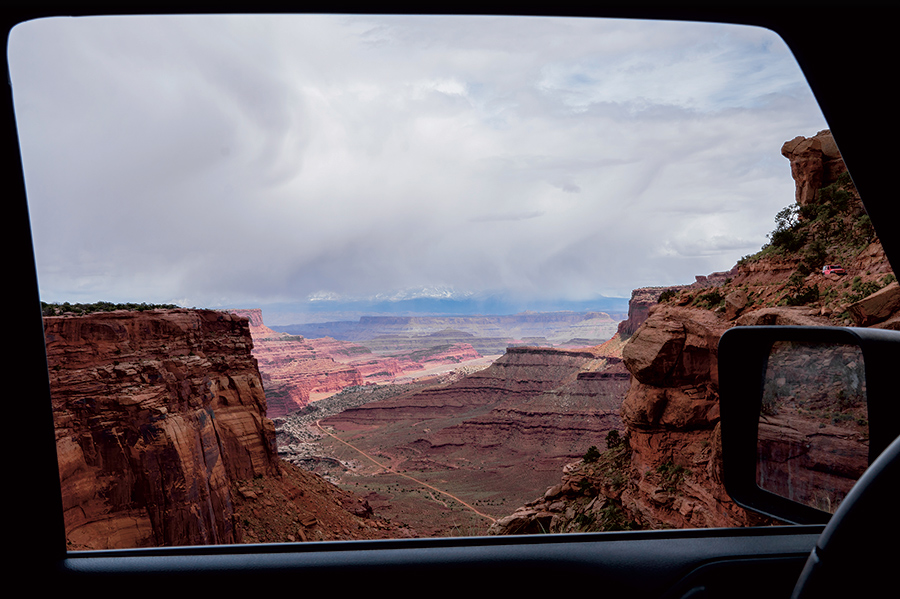

he call of the open road is one of the great, prevailing themes of American life. It’s explored in seminal works ranging from Mark Twain’s travel narratives to Jack Kerouac’s On the Road to, more recently, Elizabeth Gilbert’s blockbuster memoir Eat Pray Love and this year’s Academy Award-winning film Nomadland, directed by Chloé Zhao.
In recent years, the popular Instagram hashtag “vanlife” has inspired a younger generation to hit the road, while the increased ease of remote work has collapsed the boundary between the office and vacation. Business investors are also exploring more ways to cater to vanlife culture, according to a 2020 New York Times story, such as building parks with areas for children and pets and business centers with office essentials.
Many Bucknellians have also embraced the open road. They range from retirees to current undergrads, traveling in vans or RVs, Jeeps or trailers and sleeping in every situation imaginable.


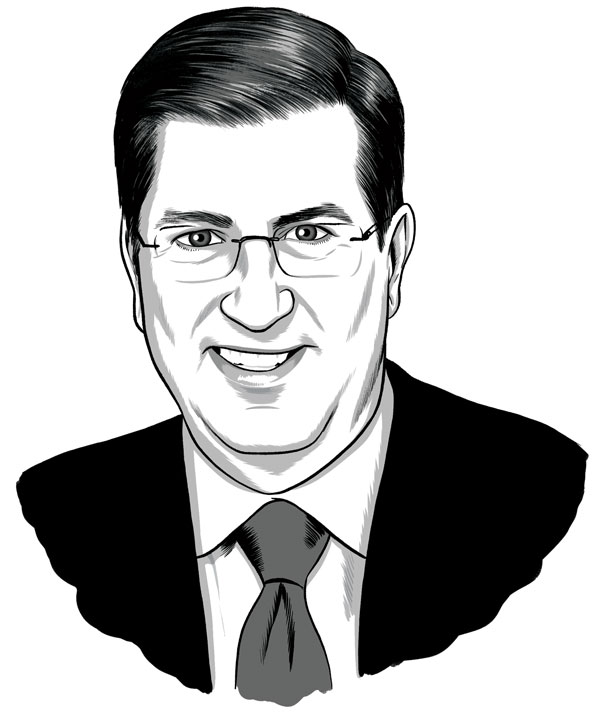

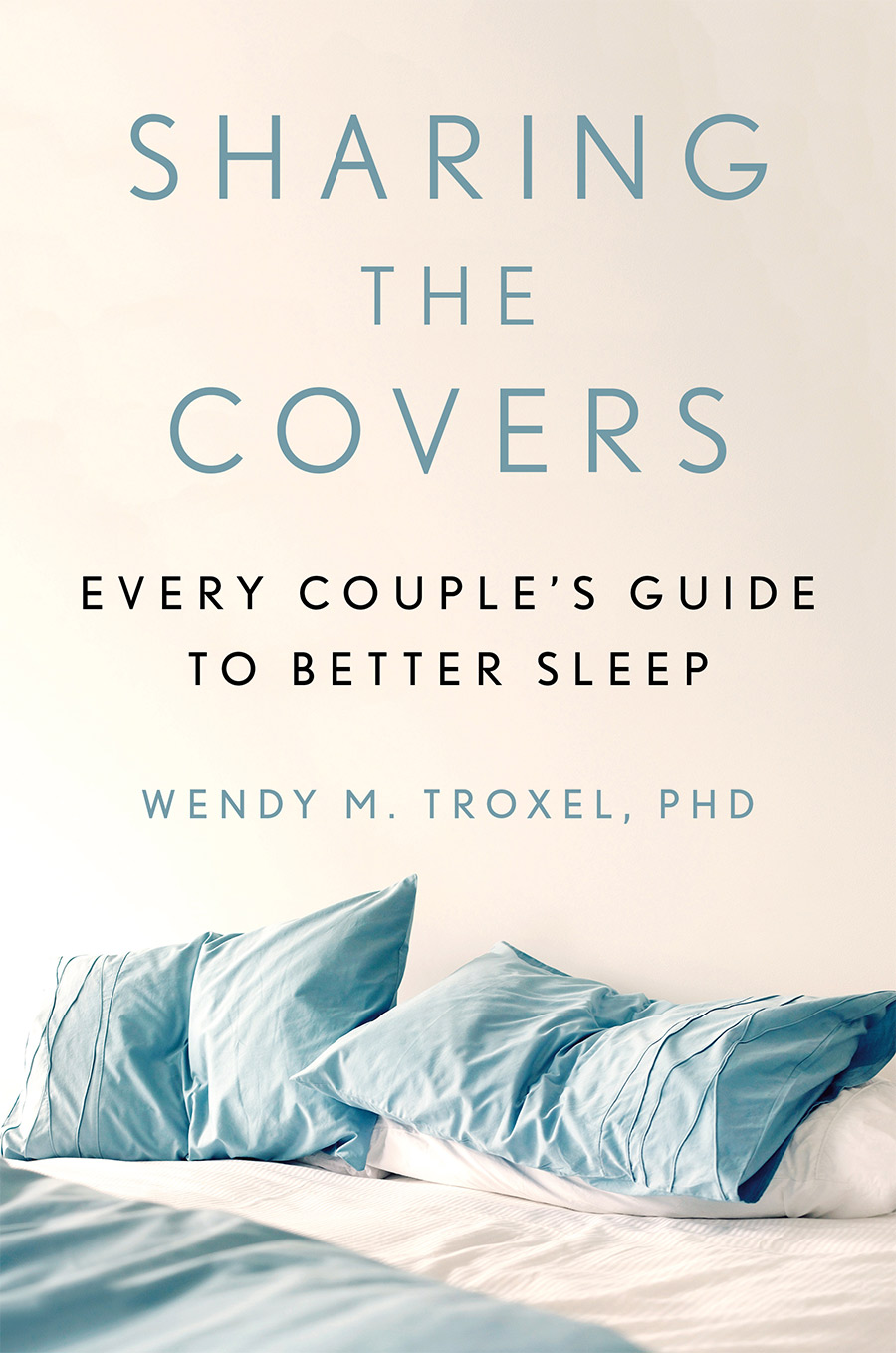
Seventy million Americans suffer from chronic poor sleep, insomnia being the most common disorder. One-third of adults say their own or their partner’s sleep problems have made a nightmare of their waking hours. Troxel, a senior behavioral and social scientist at the RAND Corporation, has been researching sleep and treating sleep disorders for the last 15 years.

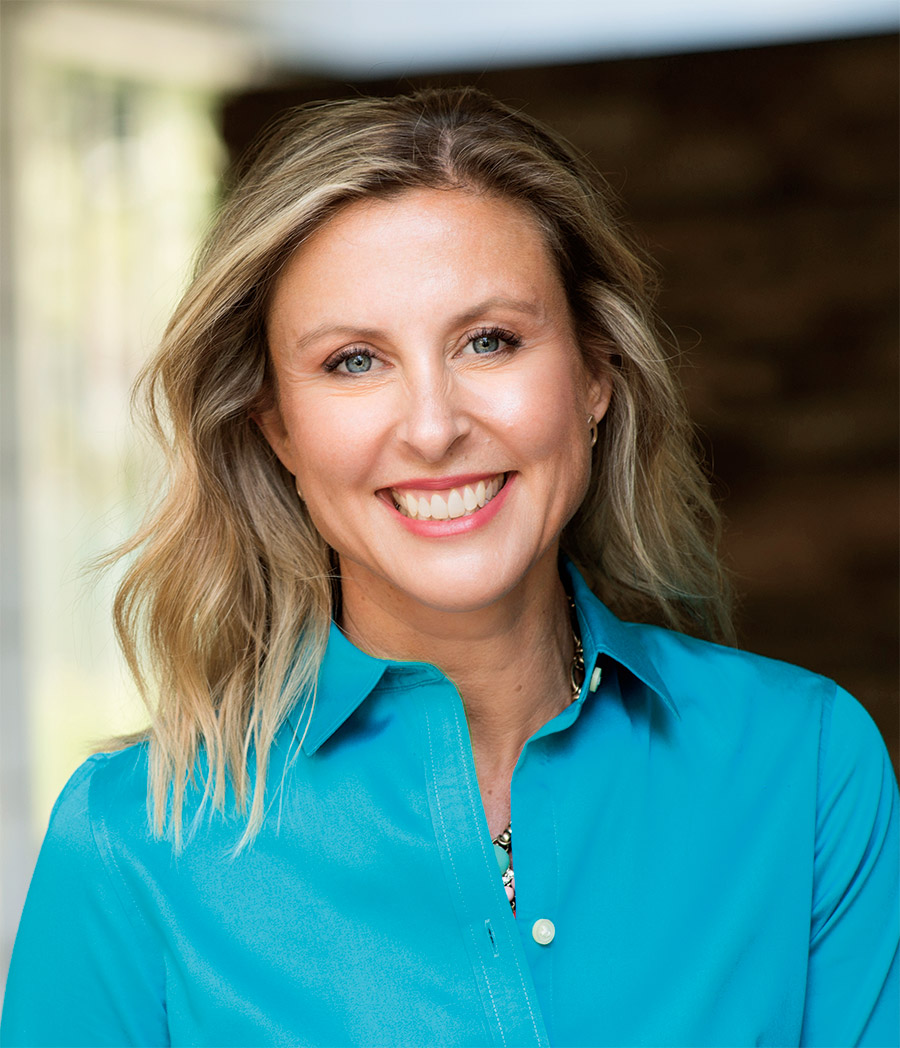

Submit your own photos to Bucknell Magazine by contacting your class reporter or emailing classnotes@bucknell.edu
But it was at Bucknell — reading the electrifying works of William Butler Yeats and Allen Ginsberg in poetry courses — where the English major discovered the form that would spark her wordplay.
“With poetry, there’s a point where the language itself takes over, where you just let go of yourself and follow where it wants to go,” says Sholl, who’s published nine poetry collections. “The movement, the lyrical associations, the wildness of it — I love those moments of discovery and surprise where it feels like the poem is leading you.”
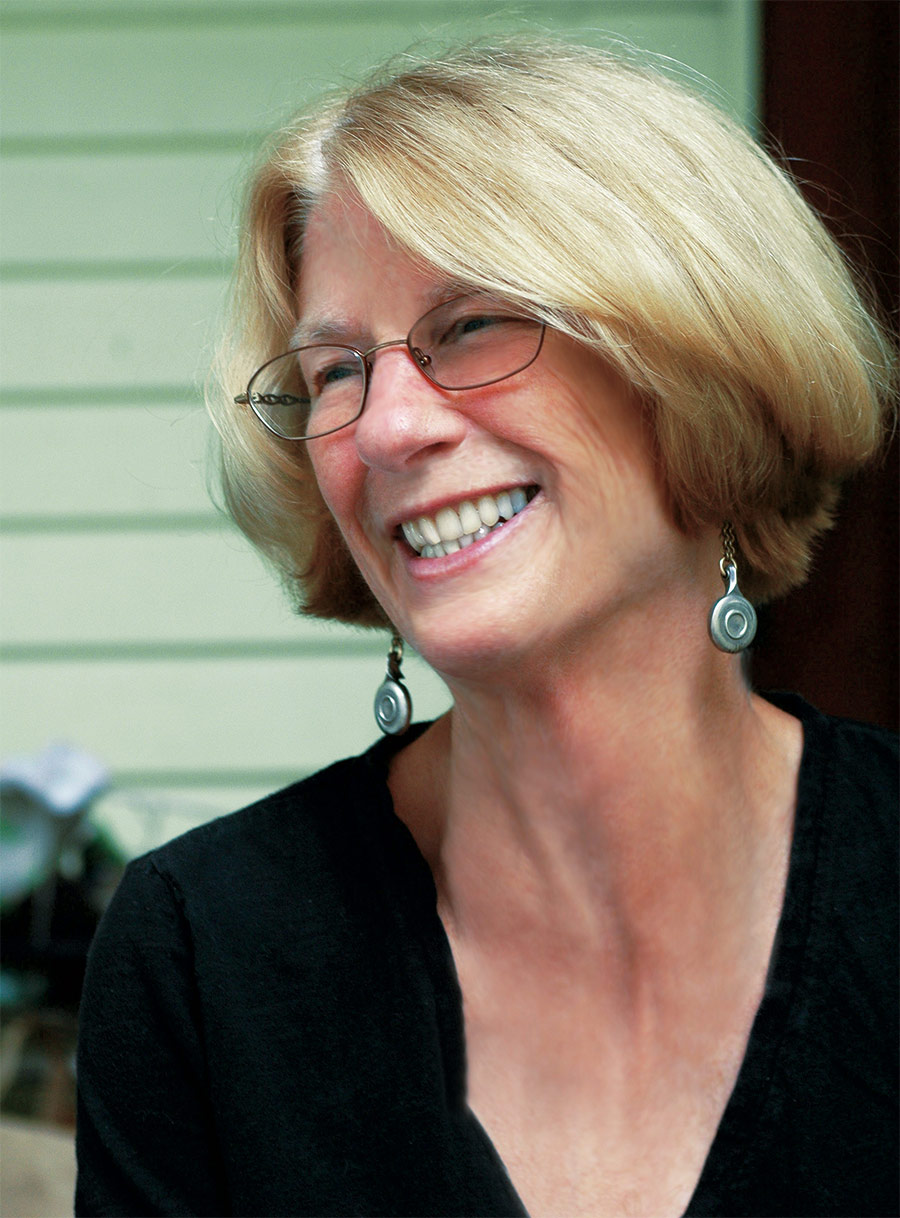

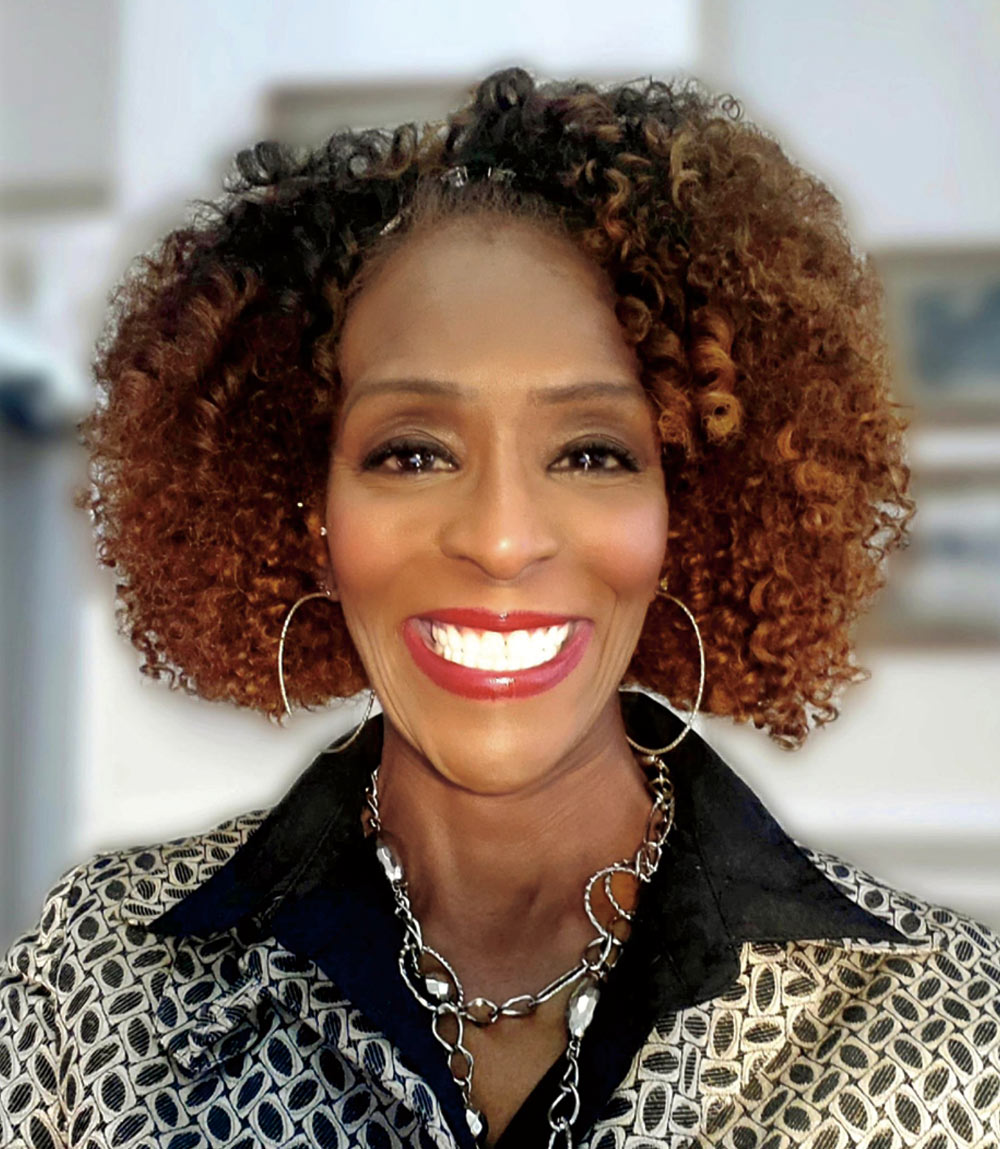
One summer evening, my father, an undercover CIA operations officer, asked, “Dougie, want to join me for an overnight trip up country?” This wasn’t going to be just any trip; after all, my dad supervised paramilitary operations for a living. (In fact, he once asked me to help identify a Russian KGB agent who had unexpectedly visited our home.)
Our destination was an isolated mountain village called Nam Yu near the Chinese border. As reported by the U.S. press, Nam Yu was a CIA listening post and a training and recruiting area for Hmong and Yao tribesmen fighting NVA regulars in northeastern Laos. Before it fell in February 1973, Nam Yu also was a staging area for intelligence gathering across the Chinese border.
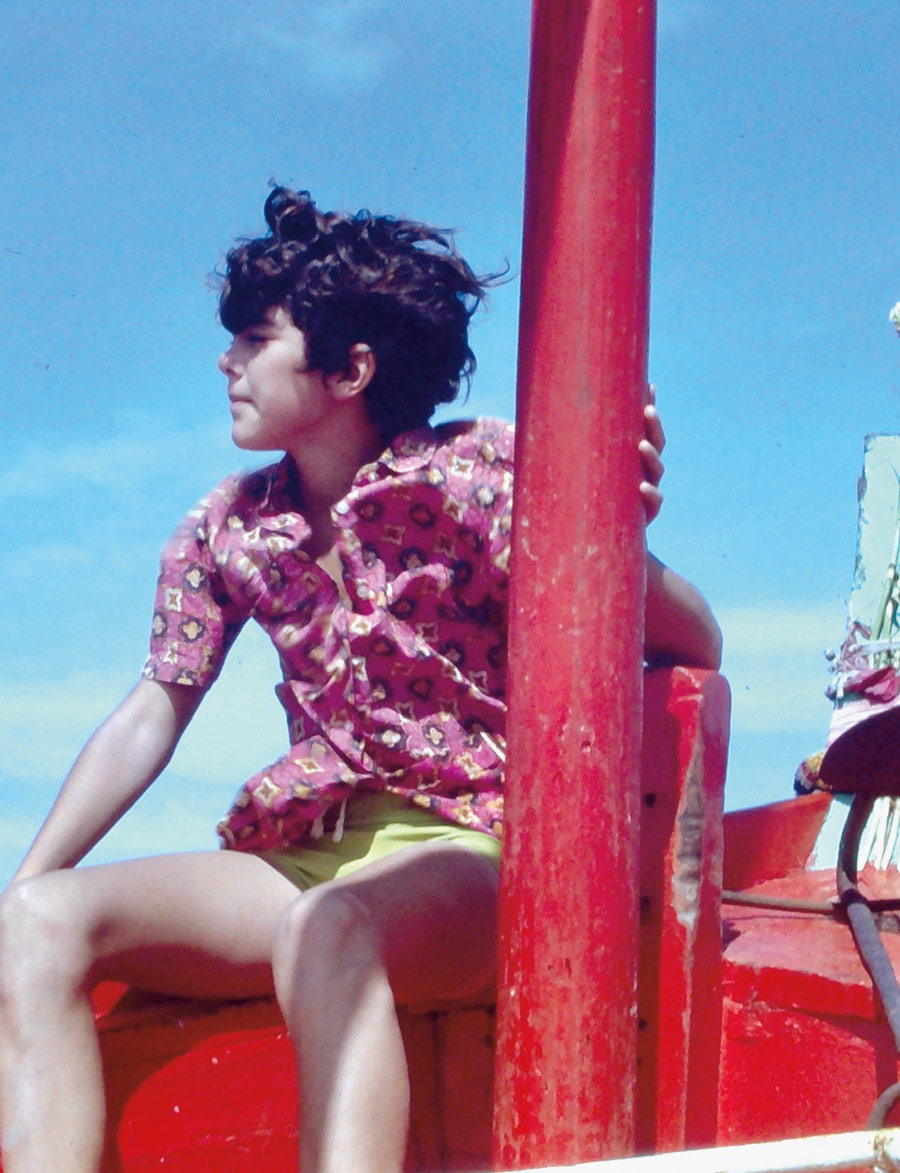
But for Steve Bass ’79, ensuring his reporters had bulletproof vests, helmets and gas masks as they covered racial-justice protests was just another of 2020’s harsh realities.
As the president and CEO of Oregon Public Broadcasting, Bass oversees a team of 180 that covered a trio of once-in-a-century stories in 2020: the global pandemic, historic wildfires and 140 straight days of protests in Portland.
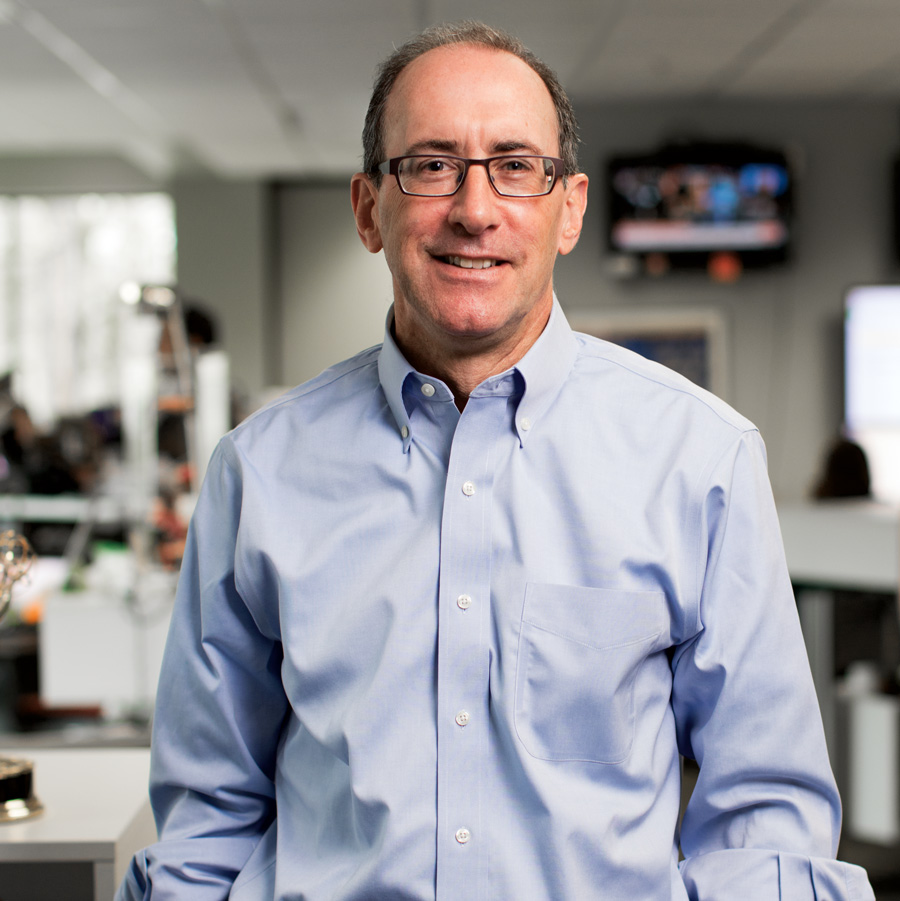
“I started by picking up poop in the yard; that was my first assignment,” he says.
Tulkoff, who now runs his family’s food-manufacturing business in Baltimore, is a founding board member for Valor Service Dogs, which trains and donates golden and Labrador retrievers for combat-wounded veterans of post-9/11 conflicts.
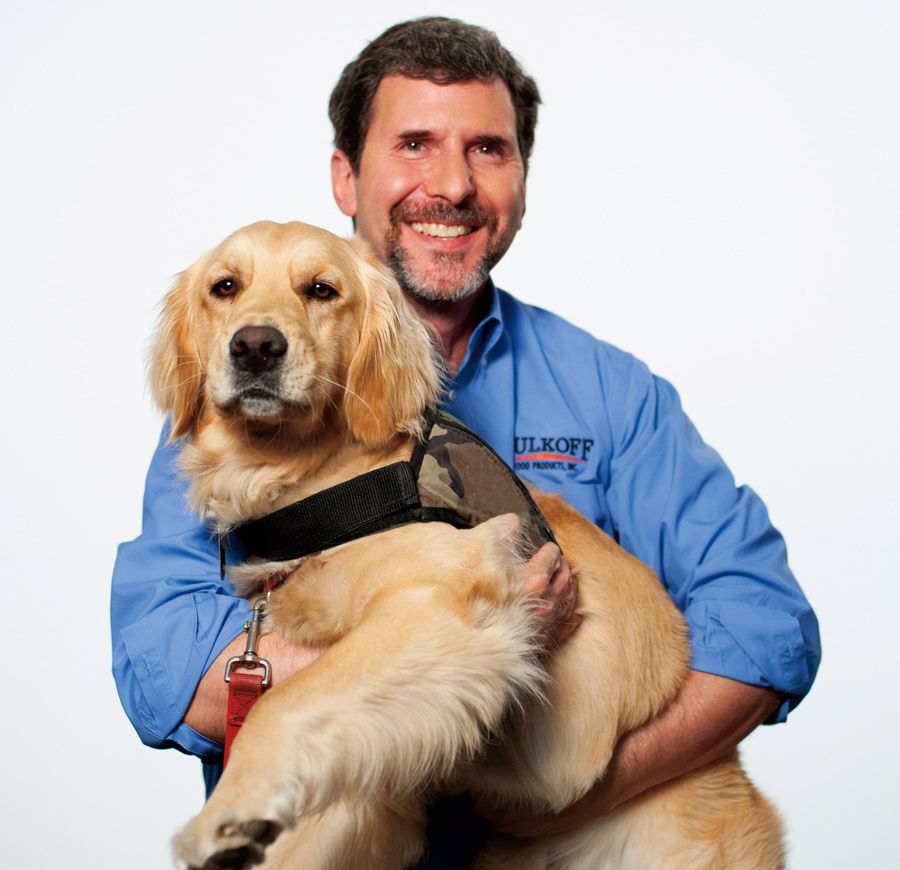
He survived, but the 2018 fire in San Marcos, Texas, killed five fellow college students, including two of Sutterfield’s close friends.
With burns covering 70% of his body, Sutterfield’s road back has been long, exhausting and painful.
But he’s not traveling it alone. He’s had help from people like Pattie Beers McGlinchey ’89, a physical therapist at the U.S. Army Institute of Surgical Research Burn Center in San Antonio.
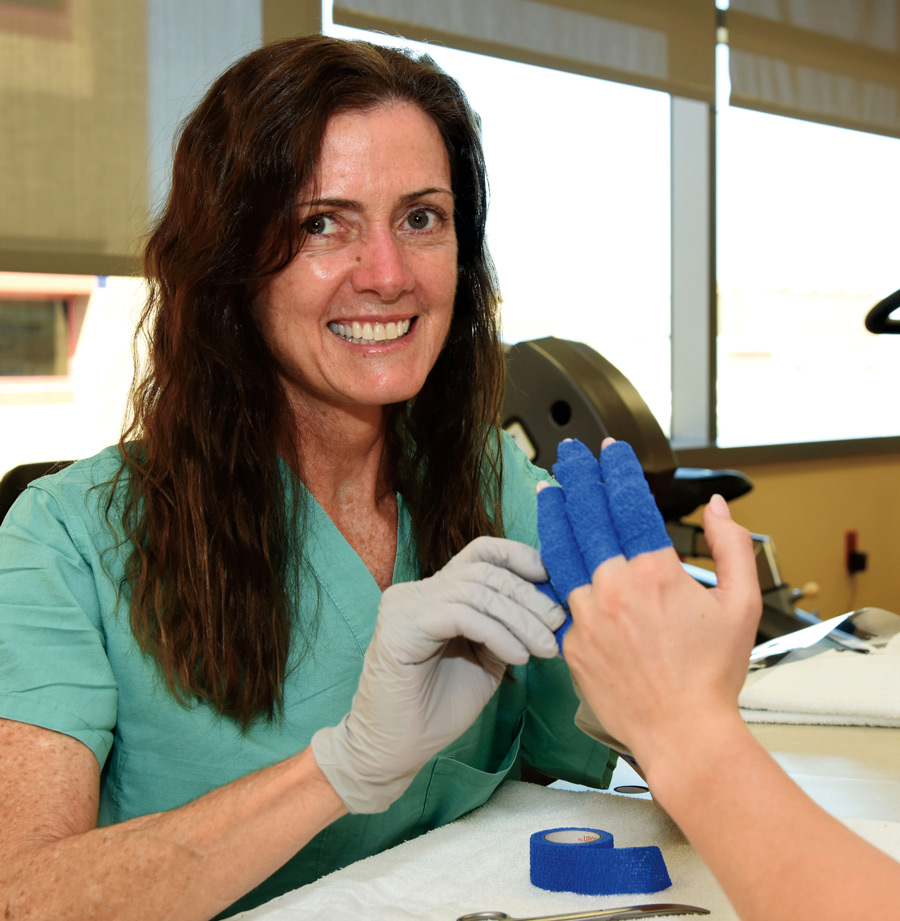
Her passion was first kindled through her family roots in Barbados, where she learned calypso and soca dancing, and it grew during formal dance training at the Harlem School of the Arts. While majoring in economics at Bucknell, she performed and choreographed with the Bucknell Dance Company. Today, when Sobers is not busy with her job as an assistant director for residence life at the University of Texas at Austin and her side business in leadership training, she teaches dance and appears with companies that perform tango, salsa and bachata.
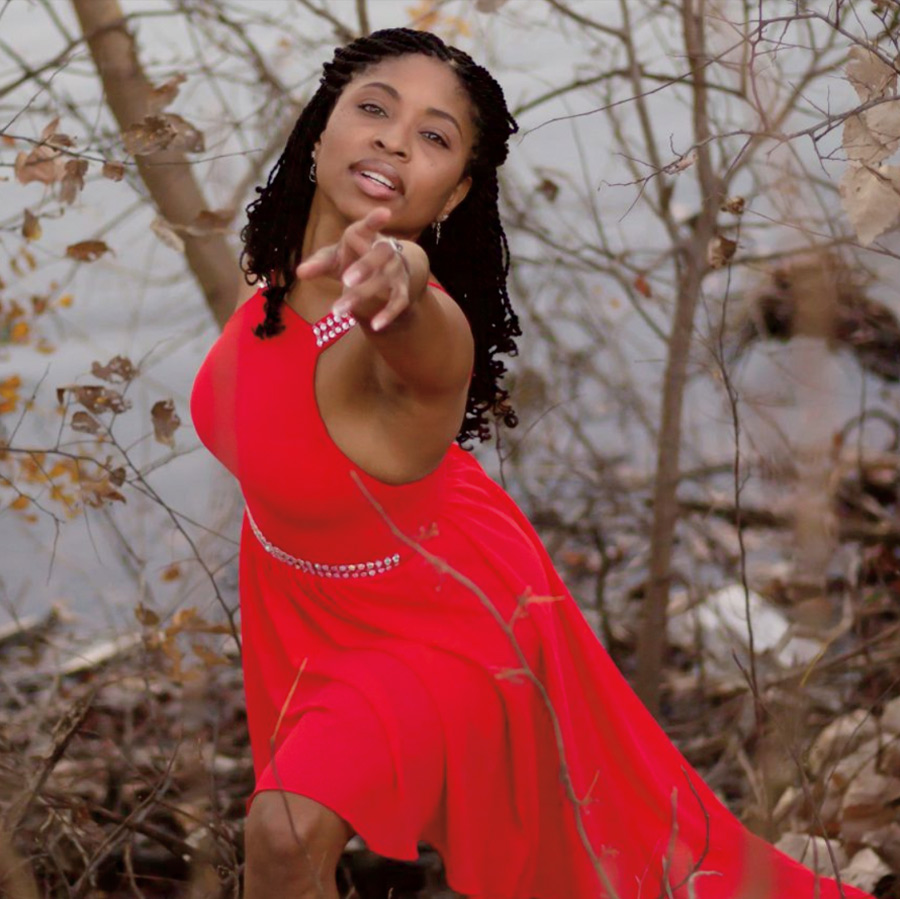
“I’d always been intrigued by the buying and selling of goods and what makes one business more successful than the next,” says Gibson. “I knew if I could find a job that married this curiosity with my interest in the markets and investing, I’d never feel like I’m working a day in my life.”
Today, she balances a full-time MBA program at the University of Virginia Darden School of Business with steering Darden Capital Management, a student-led program that manages approximately $27 million of UVA’s endowment. In April 2020, Gibson became the first woman in the program’s 30-year history to hold the CEO position. Her next role will be as an investor with J.P. Morgan Private Bank.
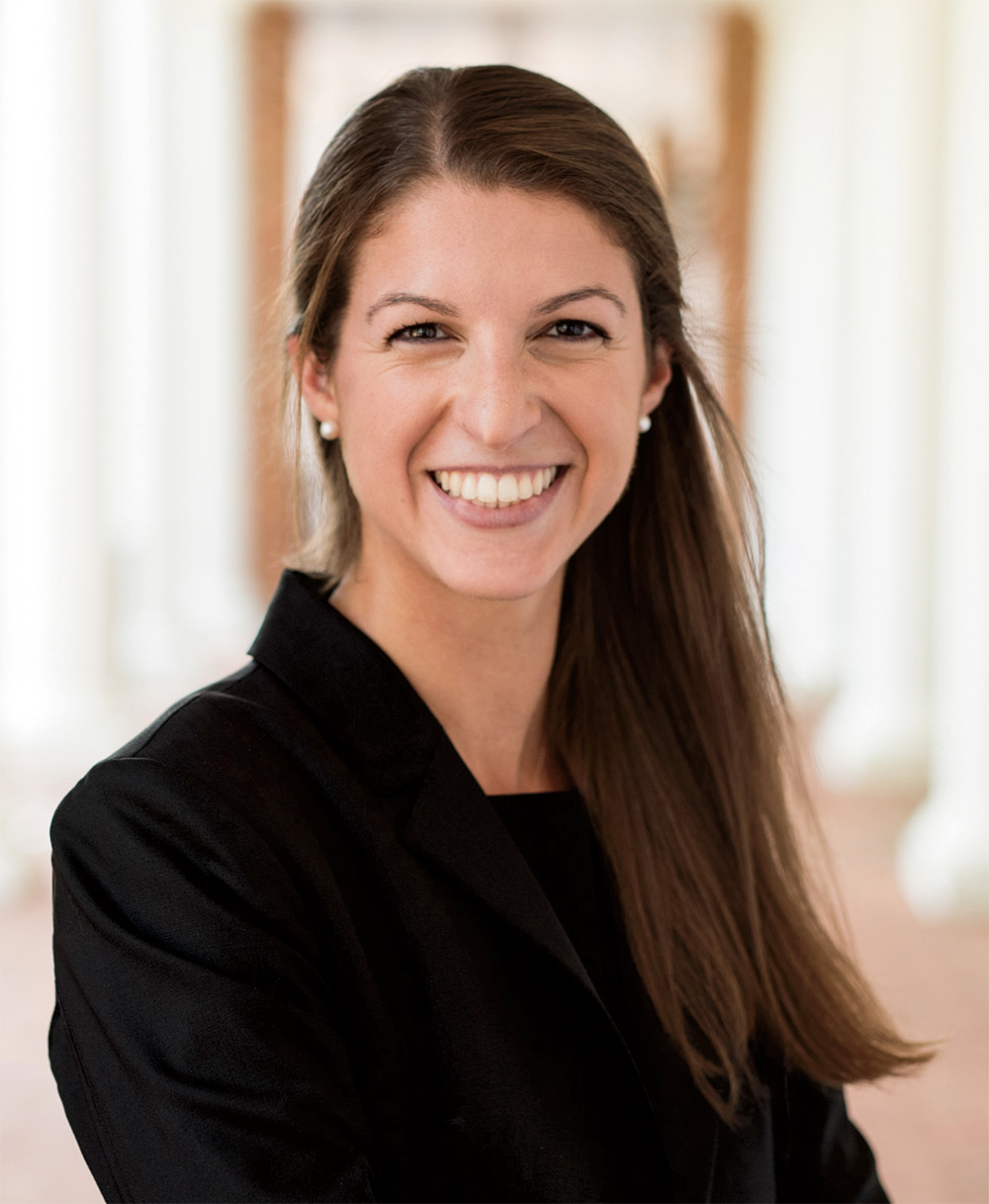
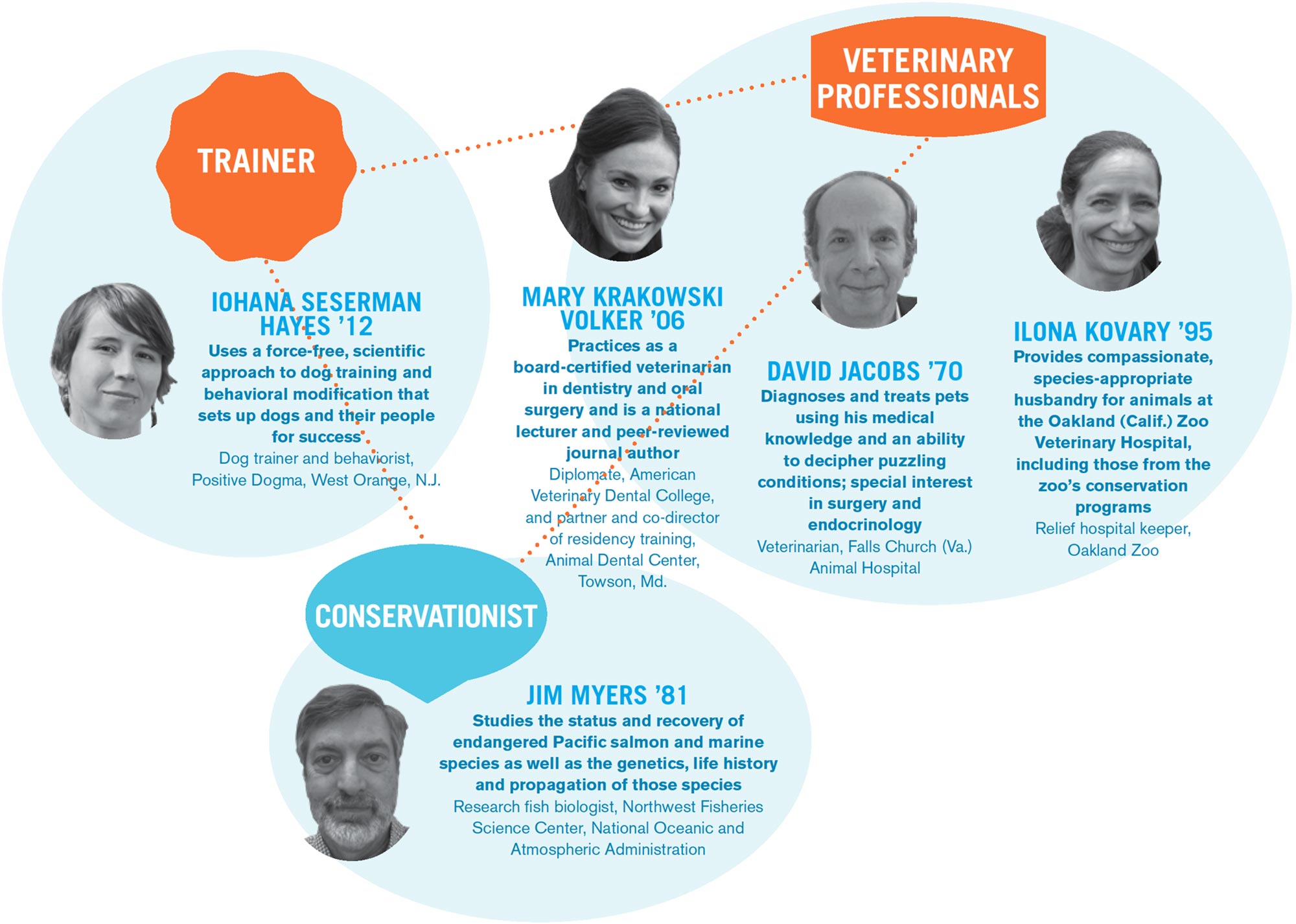

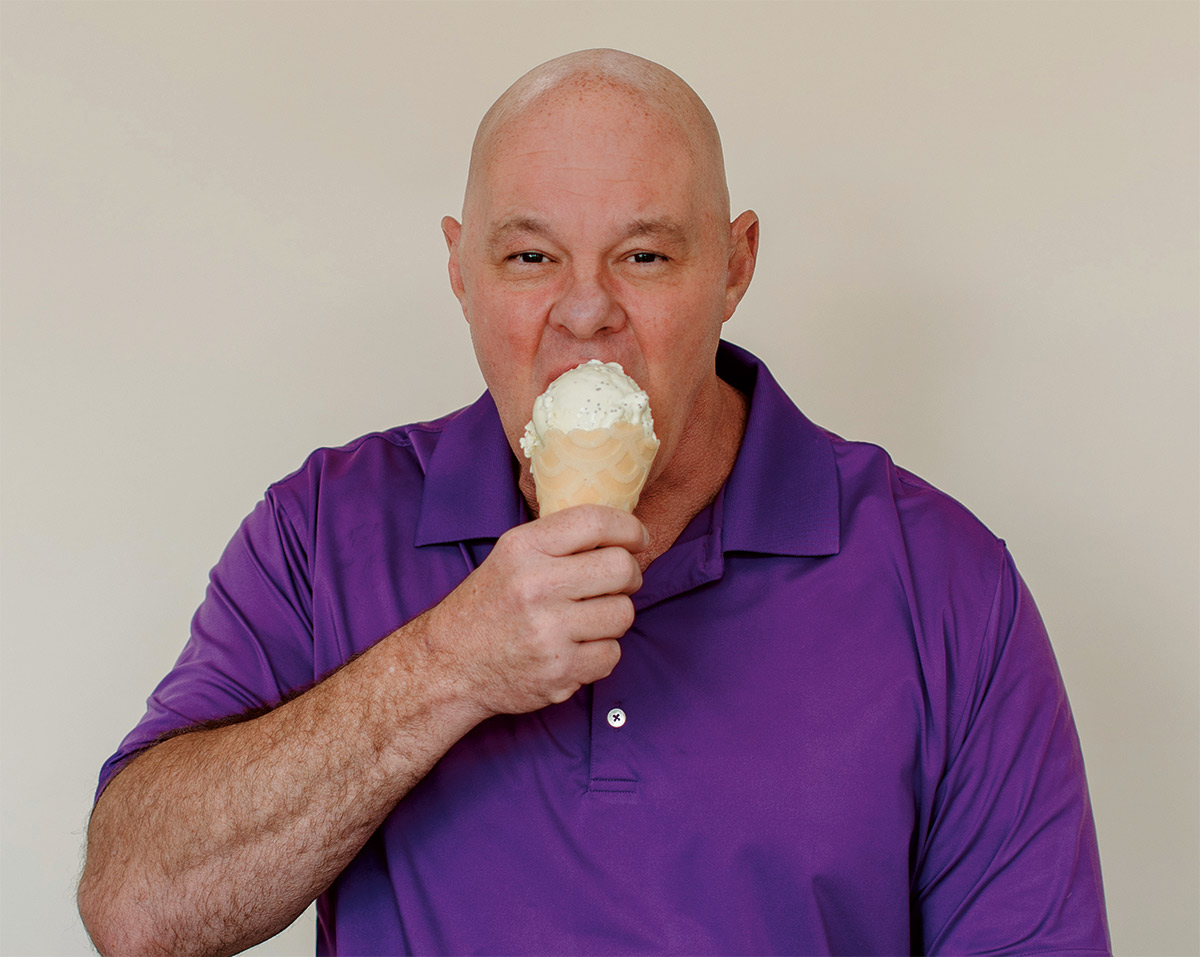
In 2018, he began offering consumers an ice cream that was lower in fat, sugar, carbohydrates and calories but still had a satisfying taste and texture. After about a year, Haymaker began hearing more and more people complain of lactose intolerance and decided to reformulate Re:THINK to make it more “tummy friendly,” he says.
Virginia “Jinny” Bell Wiltz, Dec. 17, Long Beach, Calif.
Eugene Katz, Jan. 10, Warminster, Pa.
Donald McKeeby, Feb. 17, Hilton, N.Y.
Nancy Barker Shaw, Jan. 31, High Point, N.C.
George Little, Jan. 17, Gwynedd Valley, Pa.
Harold Reed, Jan. 21, Horseheads, N.Y.
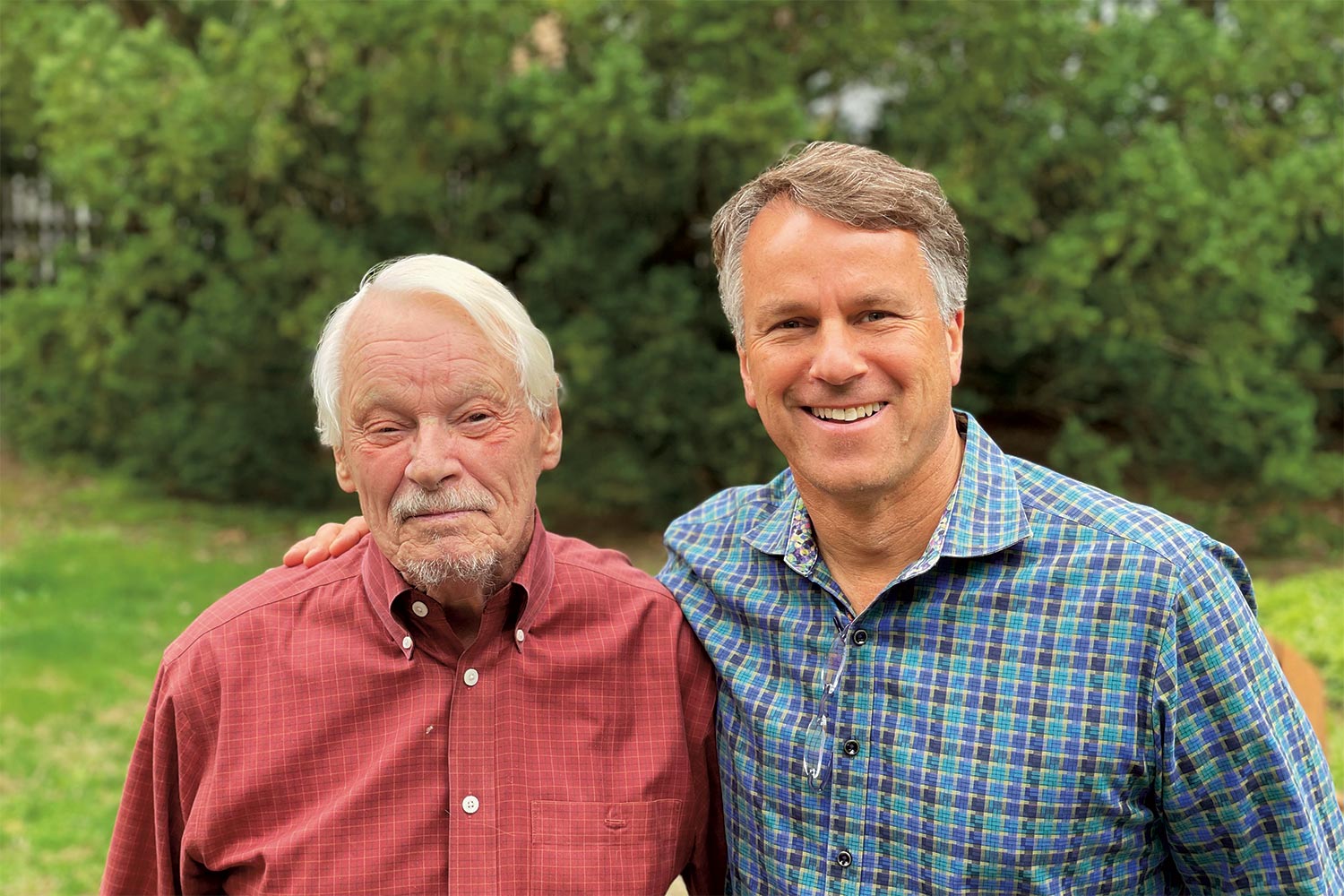

FOLLOW US ON FACEBOOK TO SUBMIT YOUR ANSWER
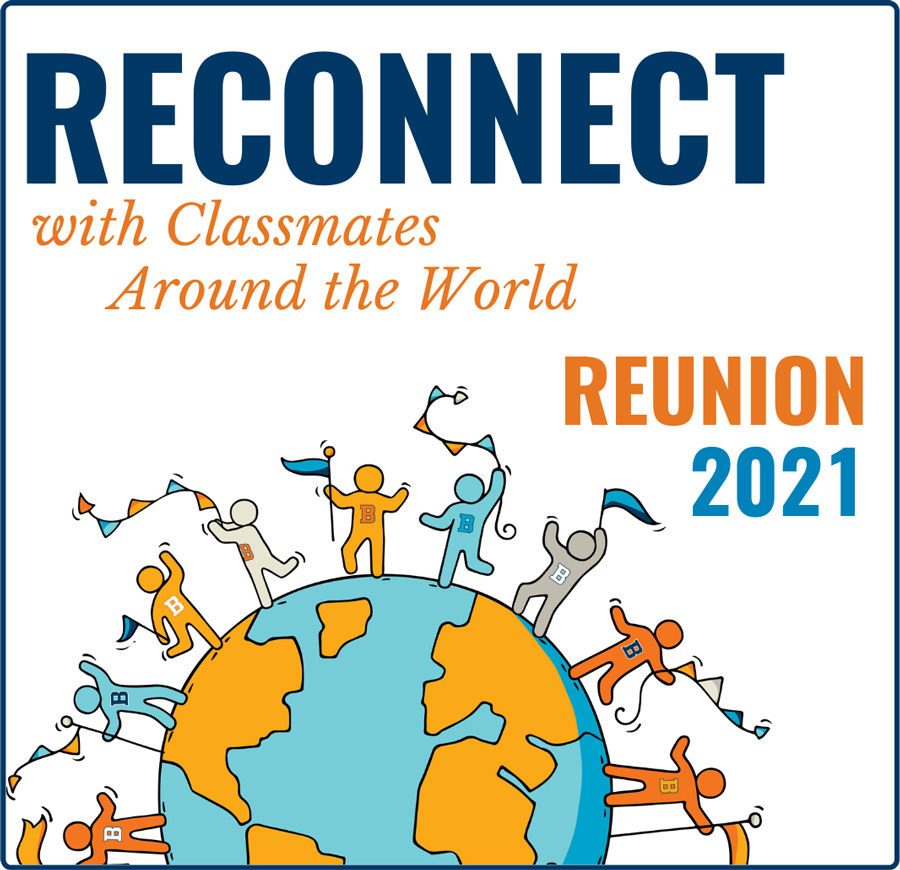
Universities identify students that might be a good fit and mail them a thick, glossy overview of their academic, residential and recreational offerings.
These signature admissions pieces are colorful and comprehensive, but there’s one thing they aren’t: customizable.
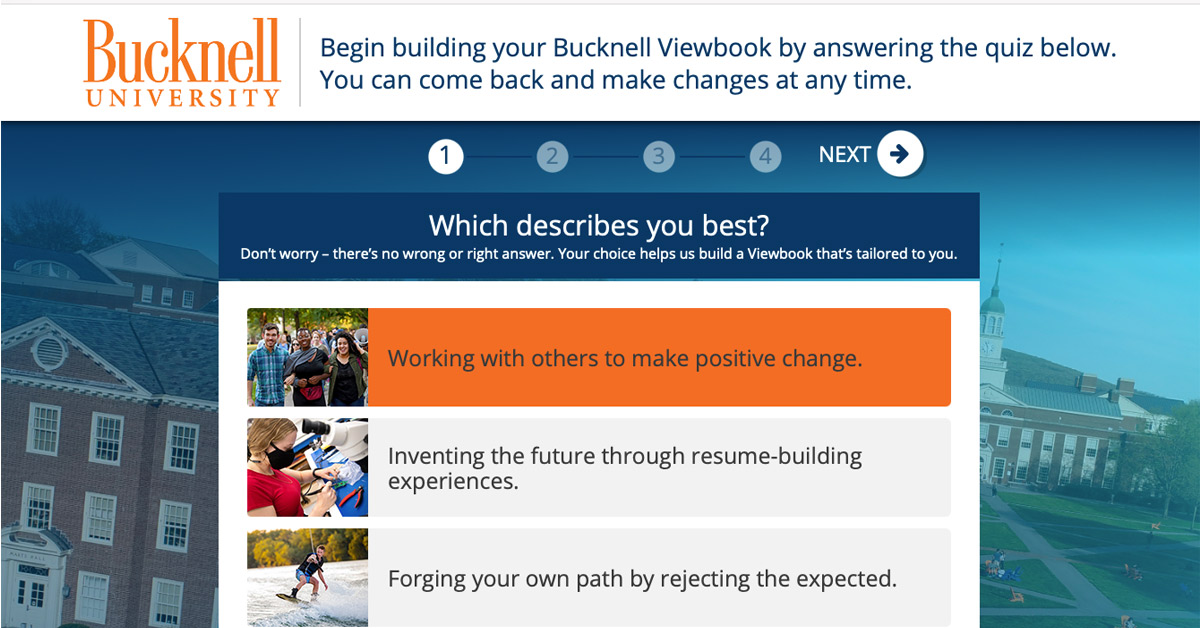



 In his San Francisco Bay-area home office, among his Kingston Trio, John Prine and Tim O’Brien albums, DENNIS GALE ’64 has a picture of his first banjo. It reminds him of his early days of playing the instrument at Bucknell. Gale kept strumming through his academic career, which included teaching public affairs and administration at Rutgers and urban planning at Stanford.
In his San Francisco Bay-area home office, among his Kingston Trio, John Prine and Tim O’Brien albums, DENNIS GALE ’64 has a picture of his first banjo. It reminds him of his early days of playing the instrument at Bucknell. Gale kept strumming through his academic career, which included teaching public affairs and administration at Rutgers and urban planning at Stanford.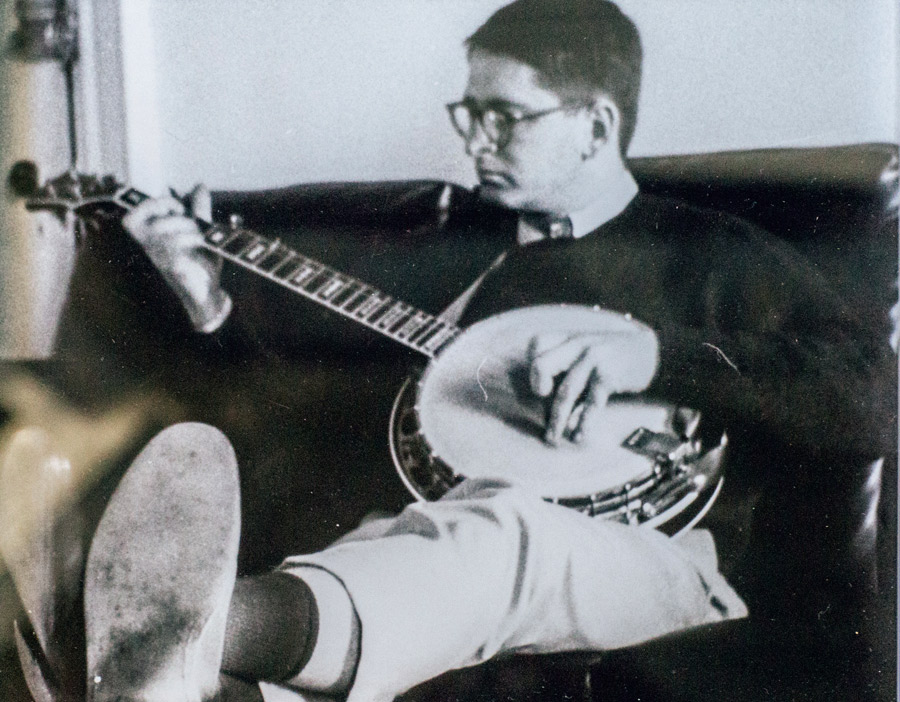

 In his San Francisco Bay-area home office, among his Kingston Trio, John Prine and Tim O’Brien albums, DENNIS GALE ’64 has a picture of his first banjo. It reminds him of his early days of playing the instrument at Bucknell. Gale kept strumming through his academic career, which included teaching public affairs and administration at Rutgers and urban planning at Stanford.
In his San Francisco Bay-area home office, among his Kingston Trio, John Prine and Tim O’Brien albums, DENNIS GALE ’64 has a picture of his first banjo. It reminds him of his early days of playing the instrument at Bucknell. Gale kept strumming through his academic career, which included teaching public affairs and administration at Rutgers and urban planning at Stanford.photograph by EMILY PAINE
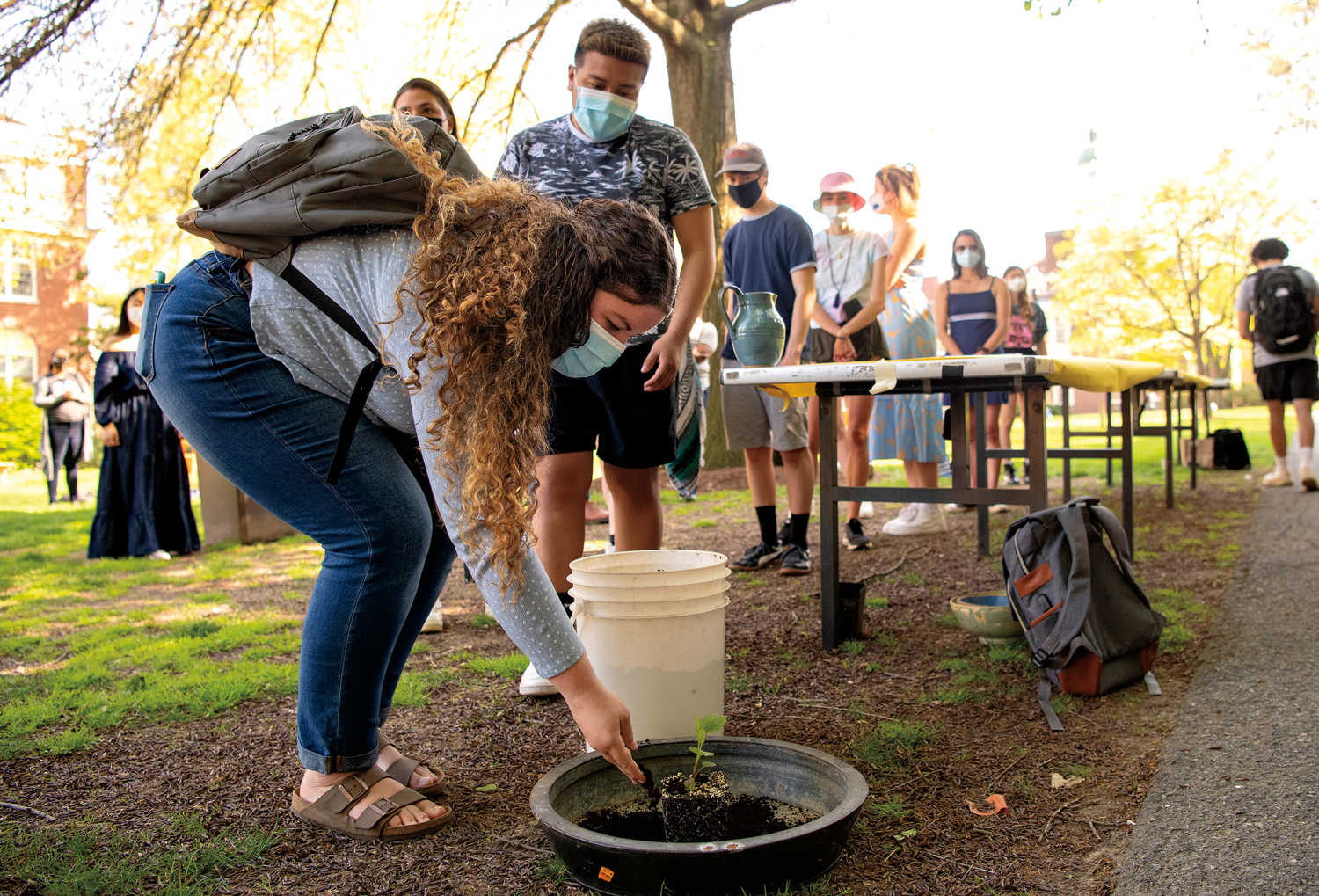
photograph by EMILY PAINE

